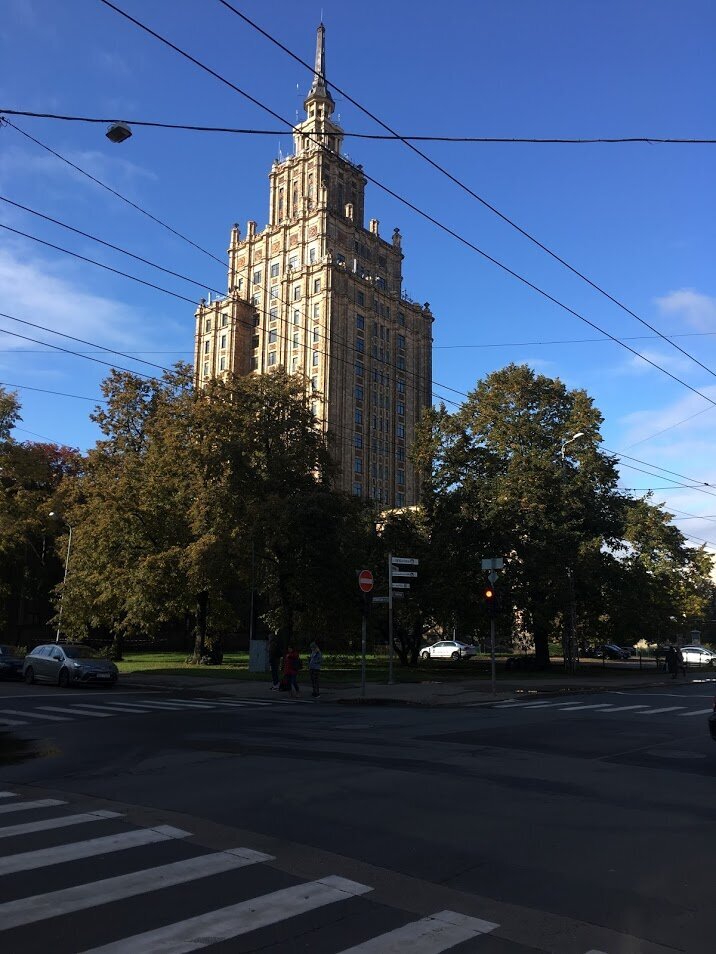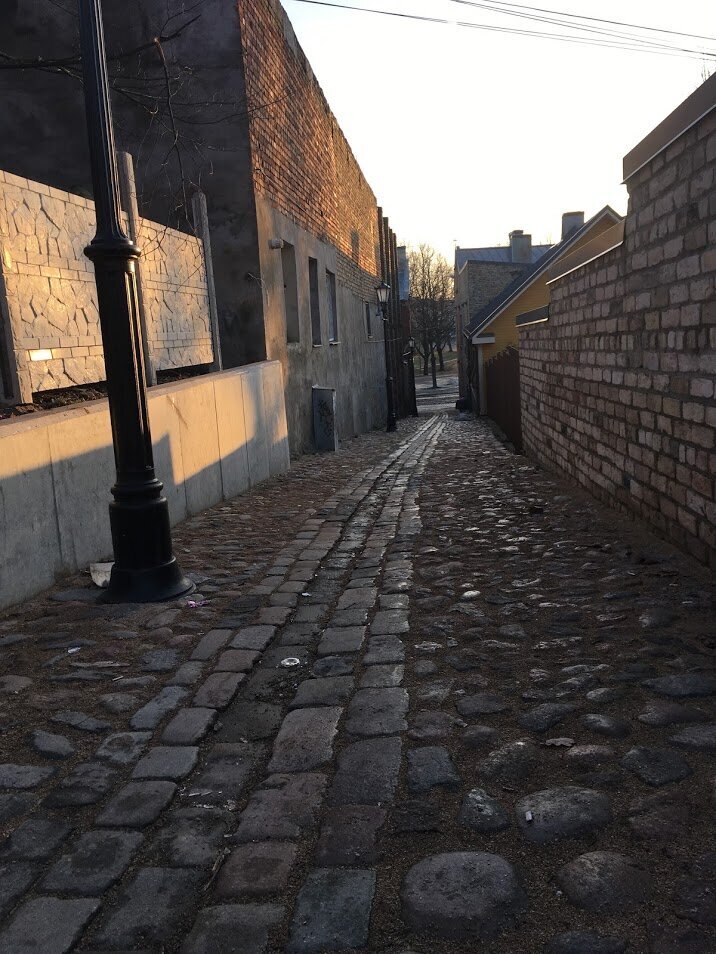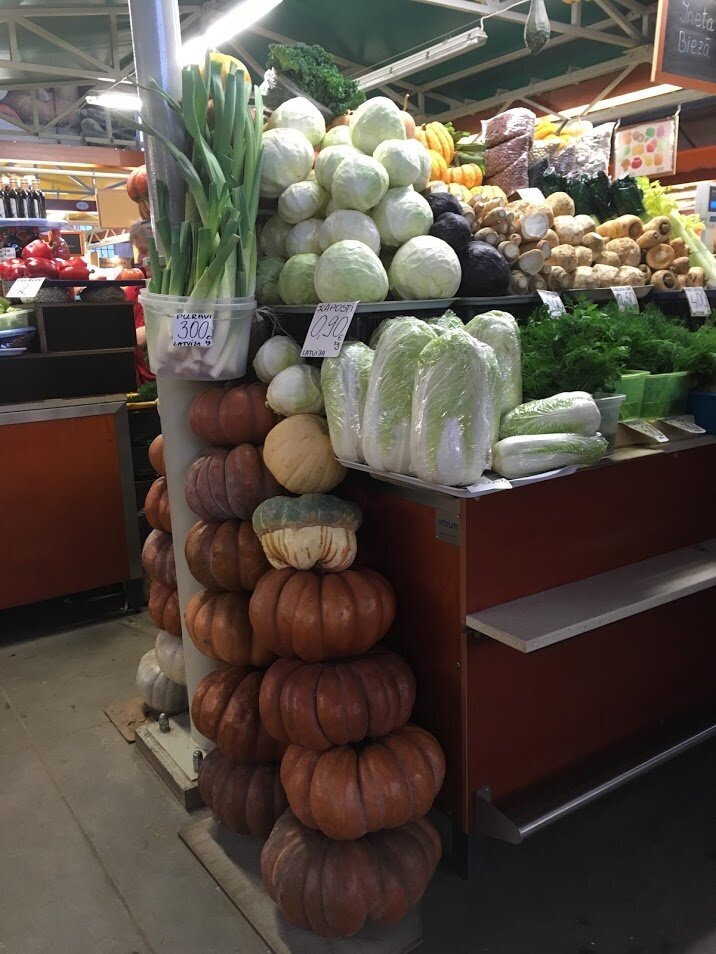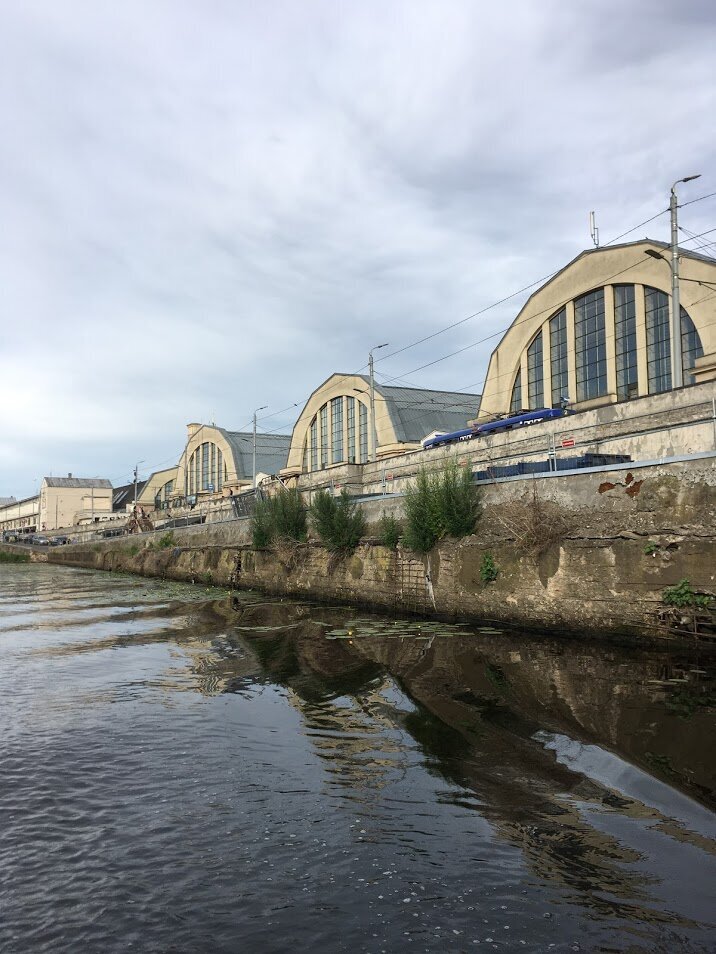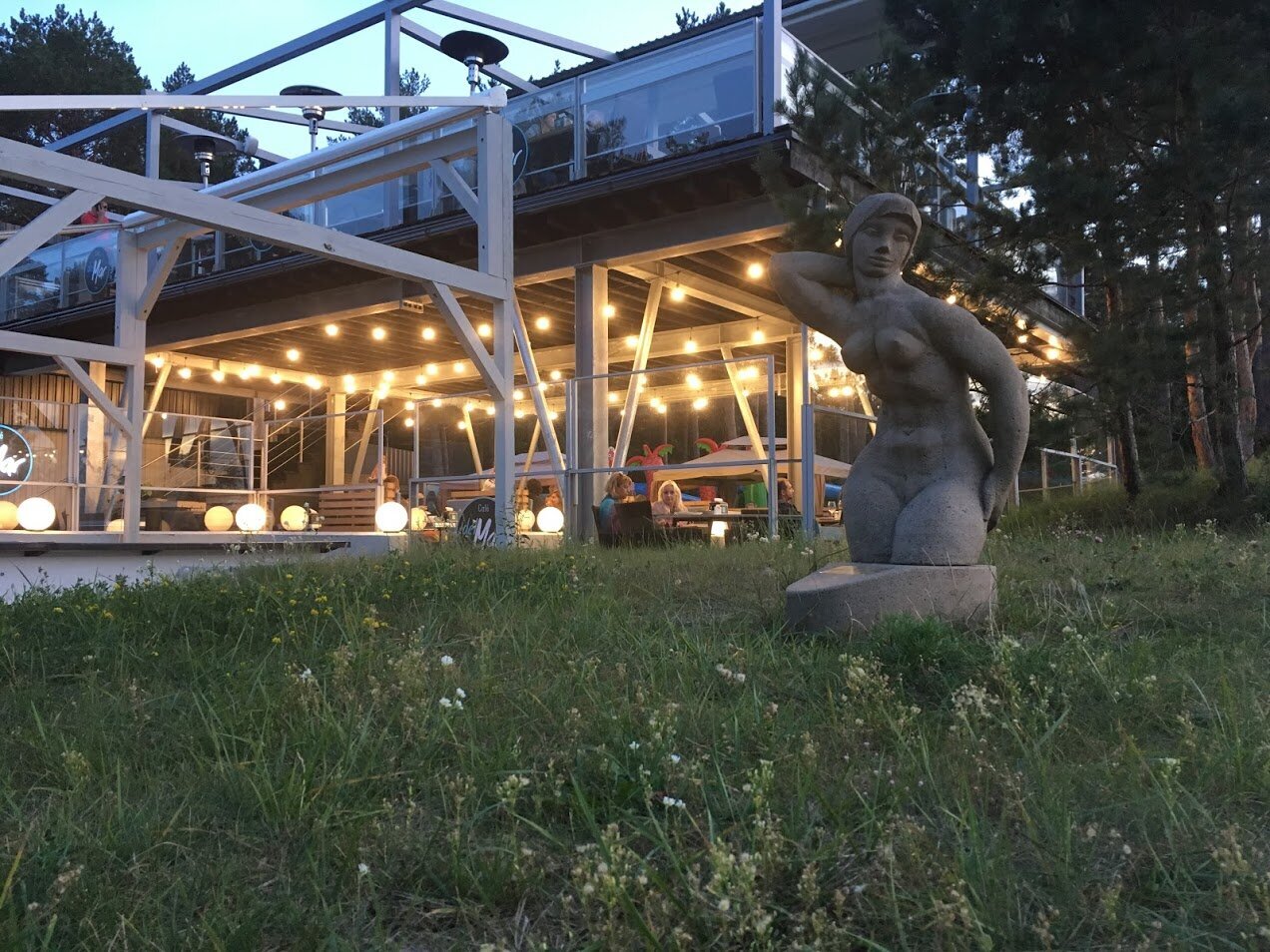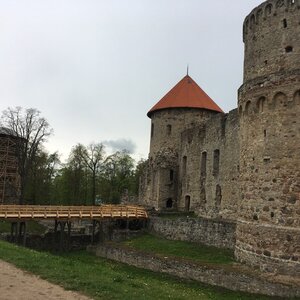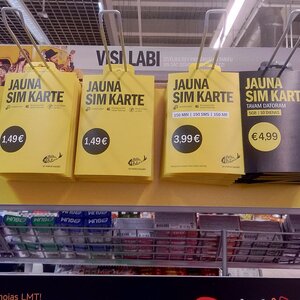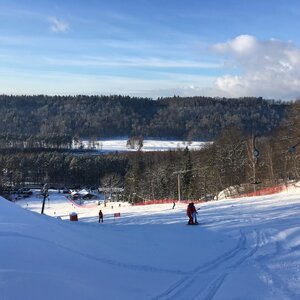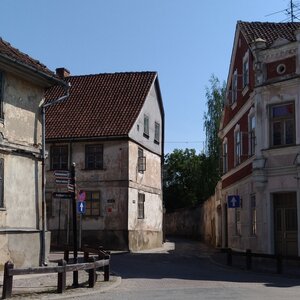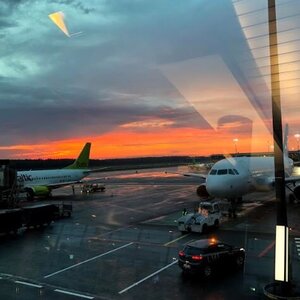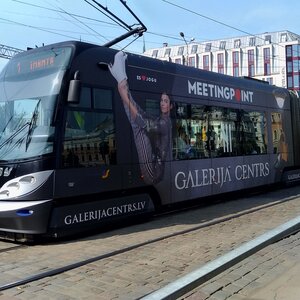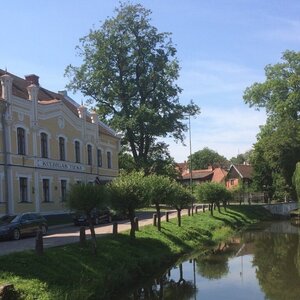It’s hard to get around these neighborhoods in one day — they are large and scattered throughout the city. To get around the city, I use tips from this website. Here you can see the schedule of city, intercity and international buses, trains, plan a route, call a cab and book an airplane ticket. Riga Public Transportation Guide
Northern district of Riga
Severny is the most remote and the most extensive neighborhood on my list. It is a dozen of neighborhoods on the right bank of the River Daugava, which can be reached from the city center by bus or by train. It is faster to get there by train, but buses and shuttles are more frequent.
There are equipped and wild beaches, an excellent modern park with a lookout tower, a cultural center of the early XX century with exhibitions of modern art, abandoned military dugouts and the only pier in the city with convenient access.
The dugouts are located in the forest near Mangalsala, one of the micro-districts, it is better to go there in rubber boots, and be ready for unexpected encounters: local teenagers and homeless people rest there.
I’ll tell you more about the interesting corners of the neighborhood.
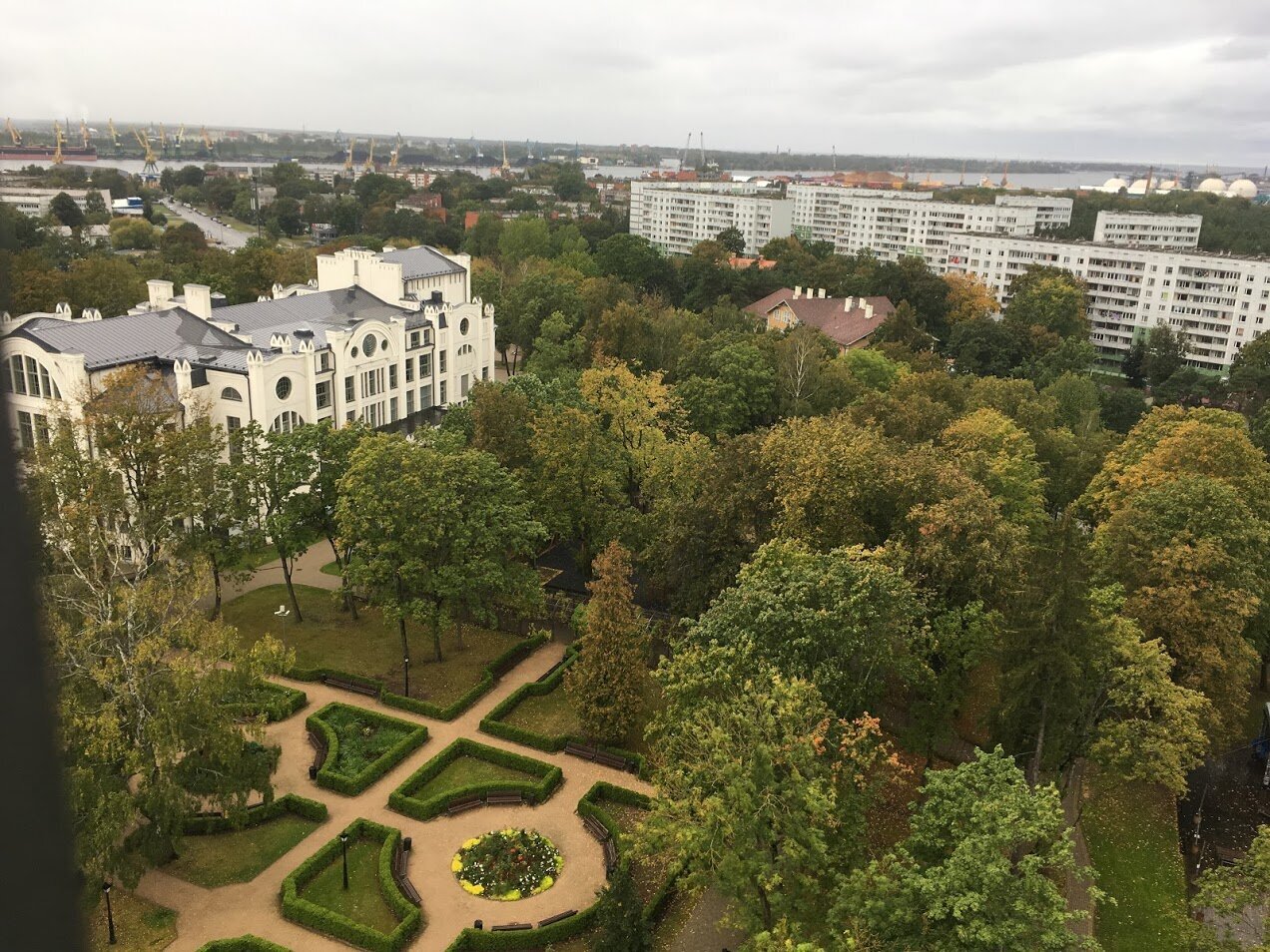
Ziemeļblāzma Park (Ziemeļblāzma)
The best park in the neighborhood is the park in Ziemelblazm, Latvian for «northern lights». There are public transport stops right next to it, and it takes about half an hour to get there from the city center. It is also convenient to get there by train: the park is half a kilometer away from the railway station of the same name.

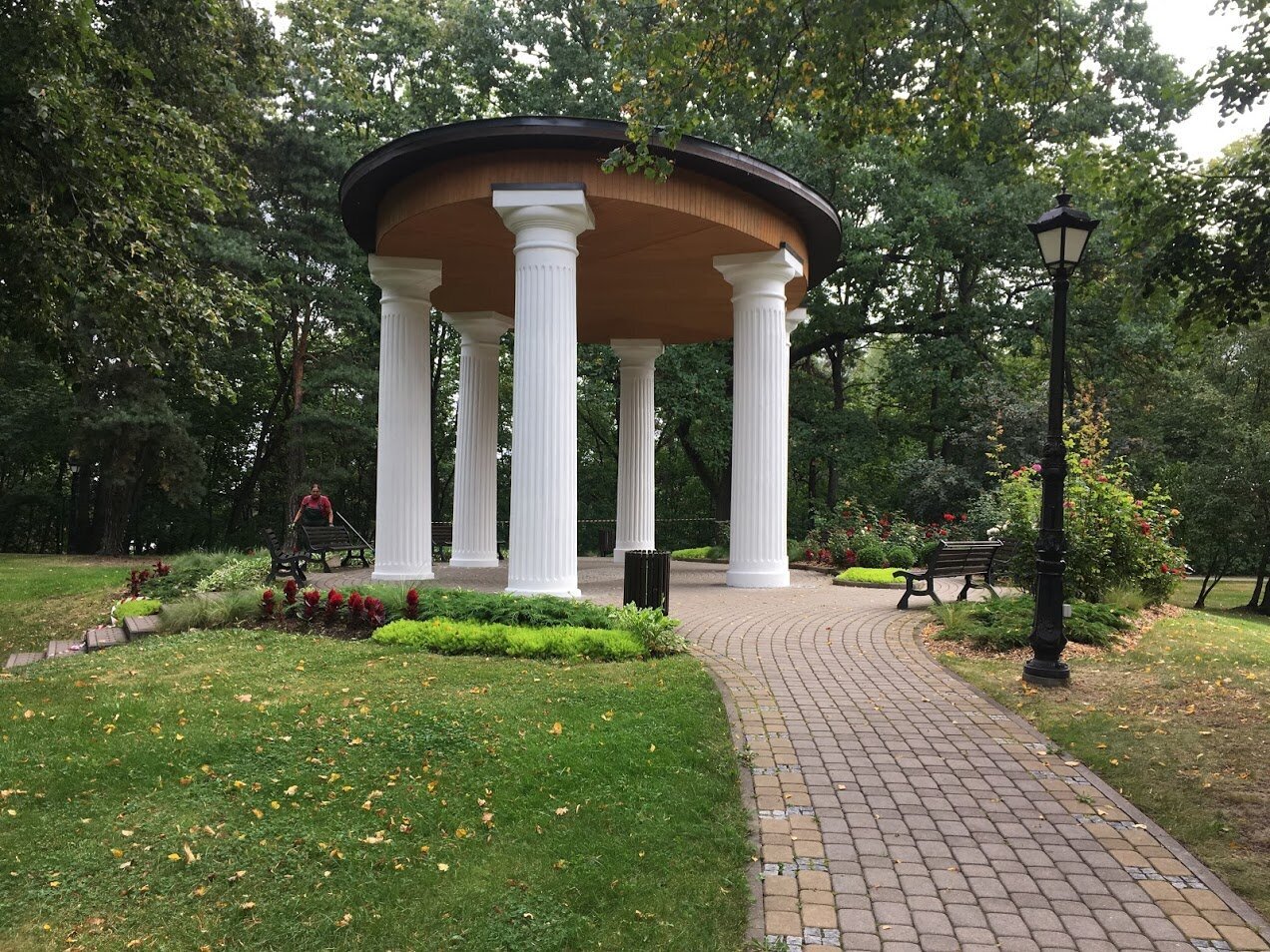
In the park you should pay attention to the observation tower and the Palace of Culture, Ziemeļblāzmas kultūras pīls. The Culture Palace was built in Art Nouveau style, just like the center of Riga, and has always been the heart of culture and education in the district. It was renovated inside and outside in 2011 and now hosts corporate events, concerts and regular exhibitions.
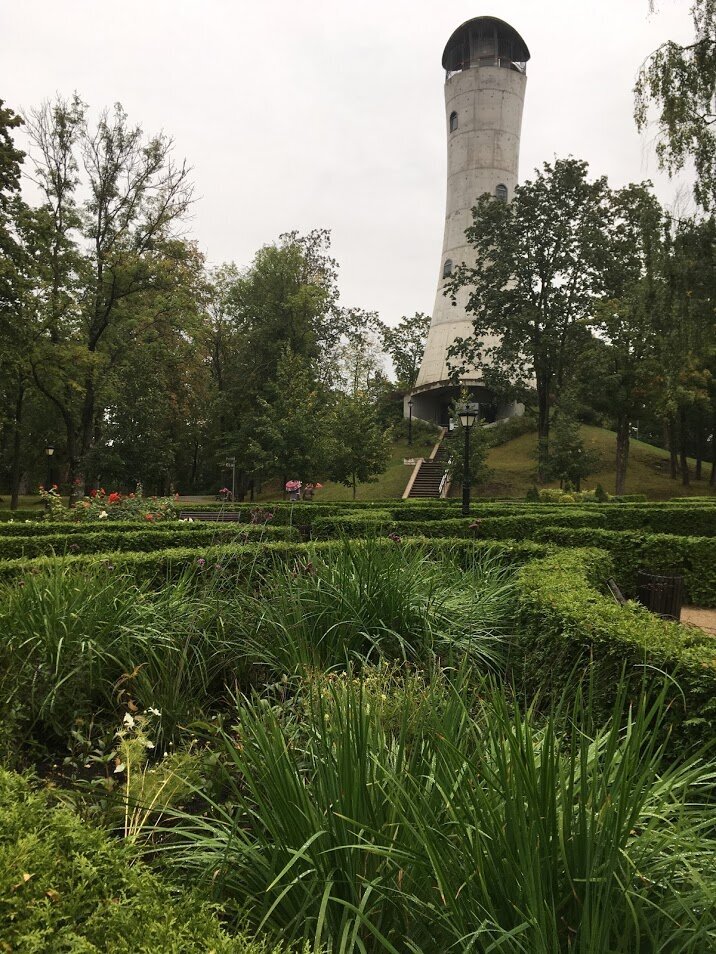
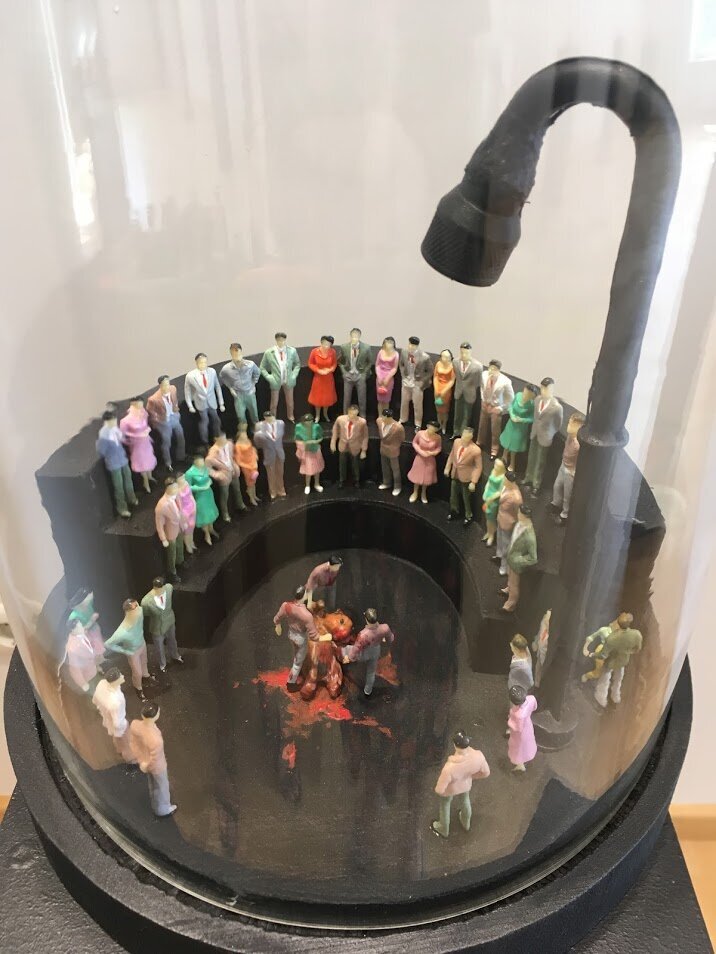
Beach and nature park in Vecaki
There are plenty of places to swim in the Northern District: Riga’s main river Daugava, its old channel Vecdaugava, the Mīlgrāvis Canal, which connects Ķīšezers with Daugava, and Ķīšezers itself. But if you want to get to the sea beach, go to Vecāķi. It’s a half country, half resort village, the last stop of the train in Riga. How to get to Vecāķi
The beach is well equipped, there is a lifeguard tower, changing rooms, children’s and sports grounds, snack bars, ice cream stands and restaurants. There are beach beds for rent, but I have never seen anyone take them: it’s not Jurmala, there is no influx of vacationers.
The beach stretches all along the seashore, and a pine park, Piejūras Dabas Parks, stretches along it. Boardwalks lead through the park to the local wild beach and the yacht club.

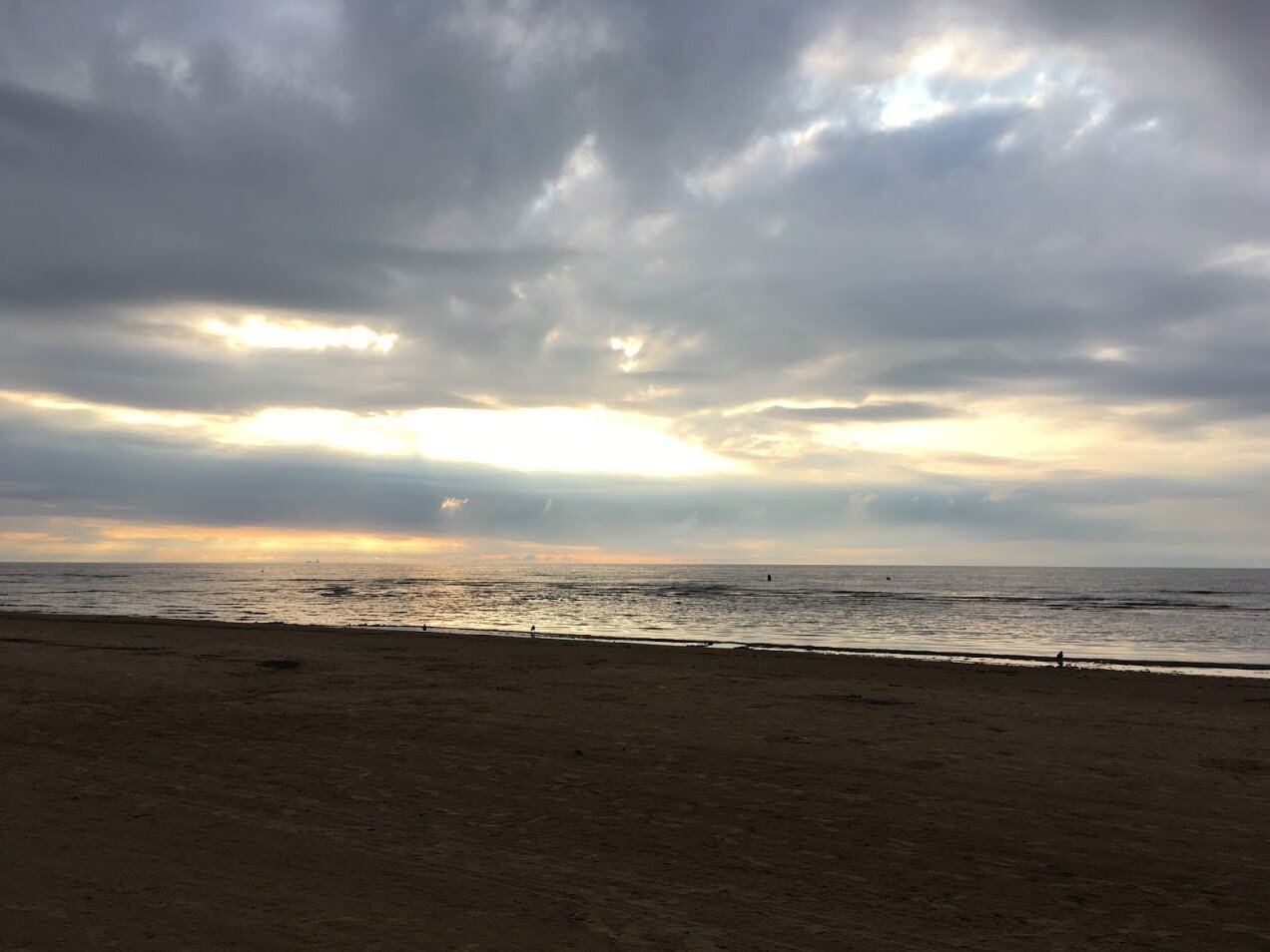
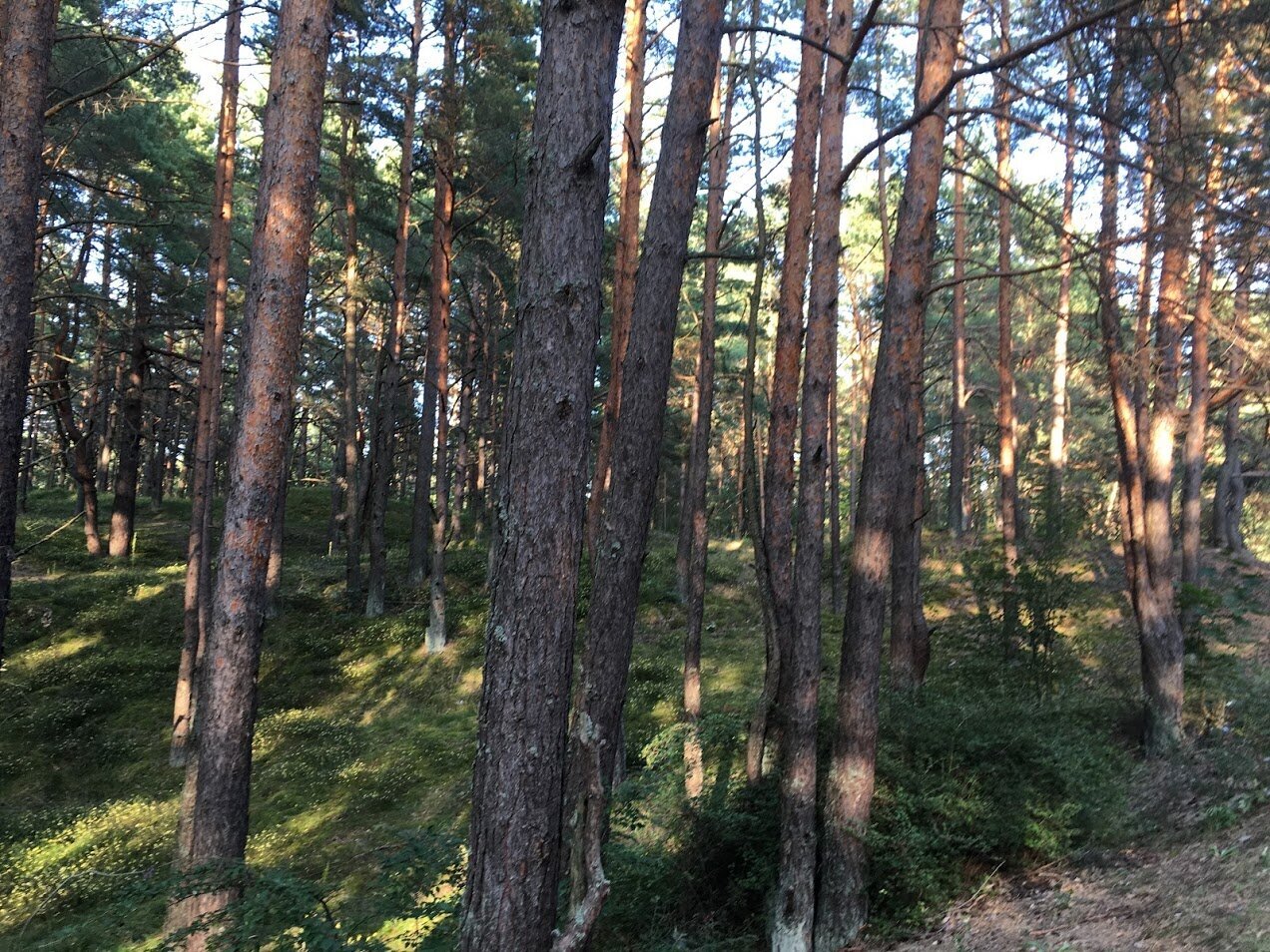
The lighthouse at Mangalsala
Rarely a tourist reaches the East Pier and Lighthouse, but in vain. It is a large-scale construction at the exit from the Daugava estuary into the Gulf of Riga, after the Freeport of Riga. You can freely pass to the pier to see off ships leaving for the Baltic Sea. There are people here in any weather.
If you decide to walk along the pier, keep in mind that it is windier here than on the shore, and sometimes waves cover the entire concrete walkway. In winter — ice. Among the interesting places nearby are several memorial stones laid by Russian emperors and a meteorological station.
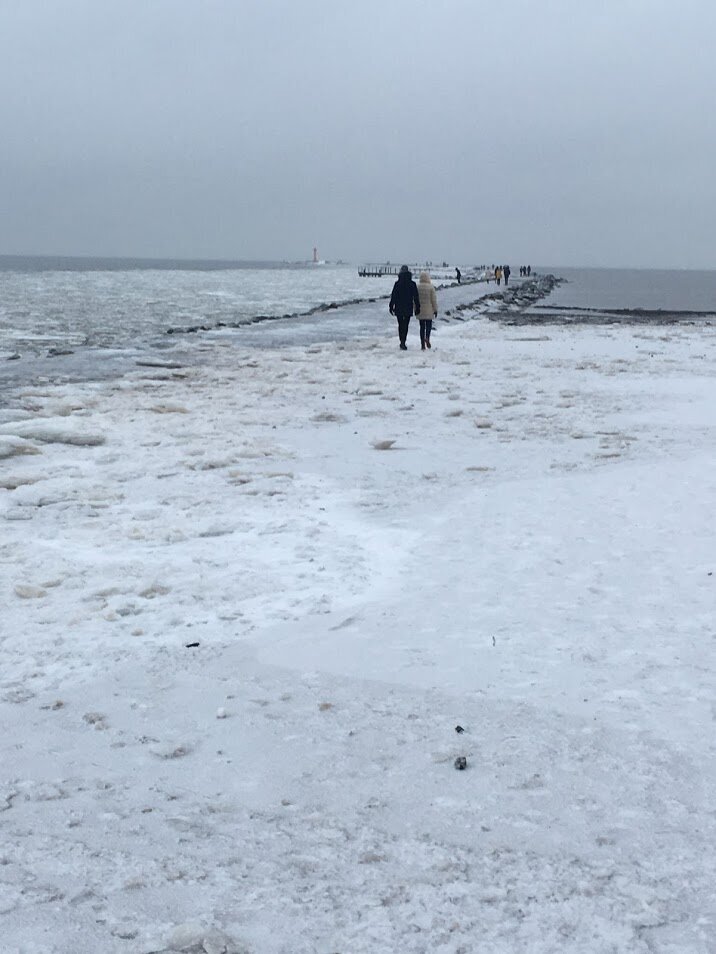
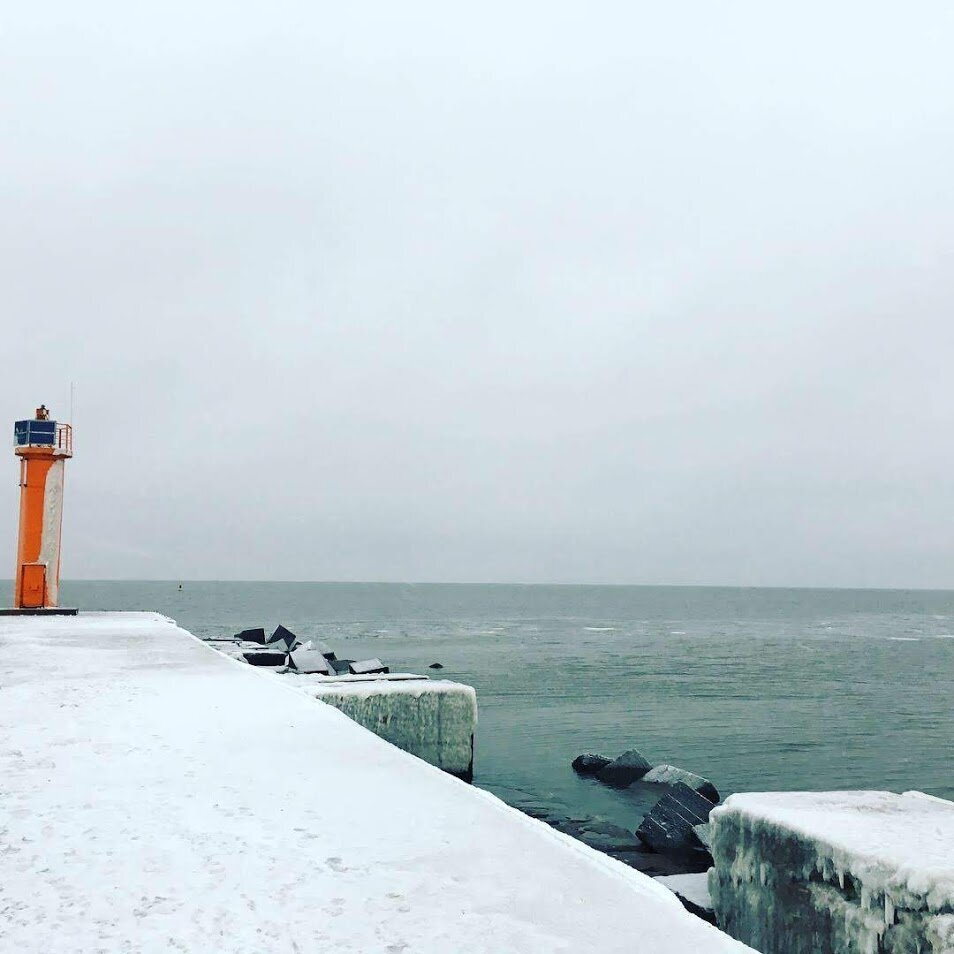
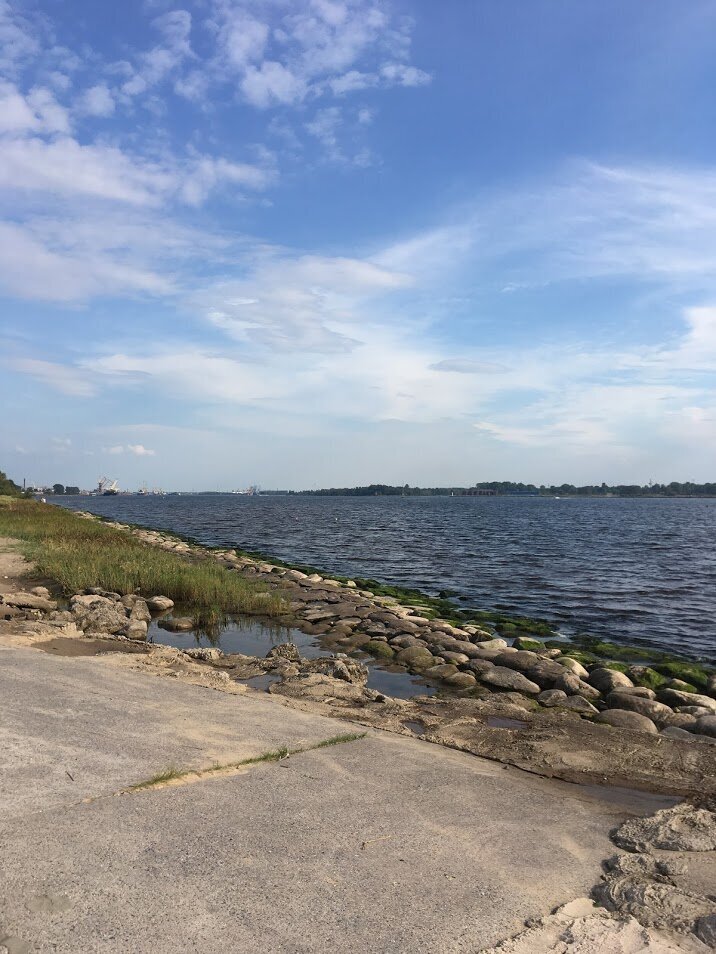
Pārdaugava: ponds and parks
Pārdaugava is a part of Riga on the left bank of the River Daugava. The neighborhoods of Agenskalns and Torņakalns are particularly authentic, with wooden architecture, small markets and countless parks. There are also many interesting stone buildings in the same Art Nouveau style as on the right bank of the River Daugava, but less pompous.
Wooden Riga, or Koka Riga, is a curious architectural feature of the city. There are whole wooden streets with carved porch railings, platbands, turrets, roof ornaments and balconies. They are mostly unrepaired and aging, but they look solid.
An example of wooden art and city fairs from the century before last is the Kalnciema Street quarter, Kalnciema kvartāls. It’s home to a farmers' market and a craftsmen’s market, where you can buy local goods. Including Riga’s amazing bread. There are also local restaurants, but locals prefer to go three blocks further and go to Ezītis miglā, Russian for «Hedgehog in the Fog," after the cartoon. It is a popular chain of establishments in the city.
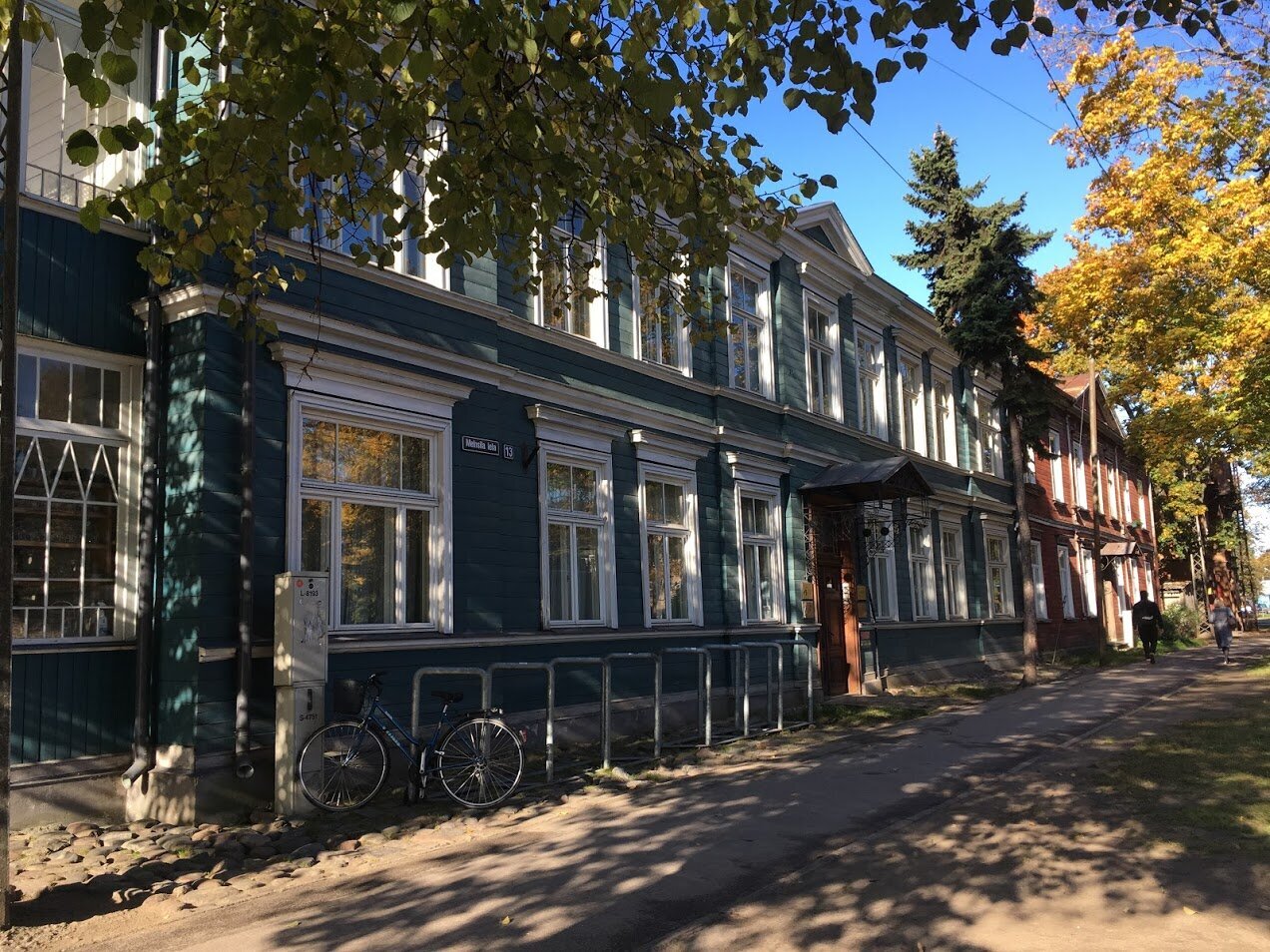
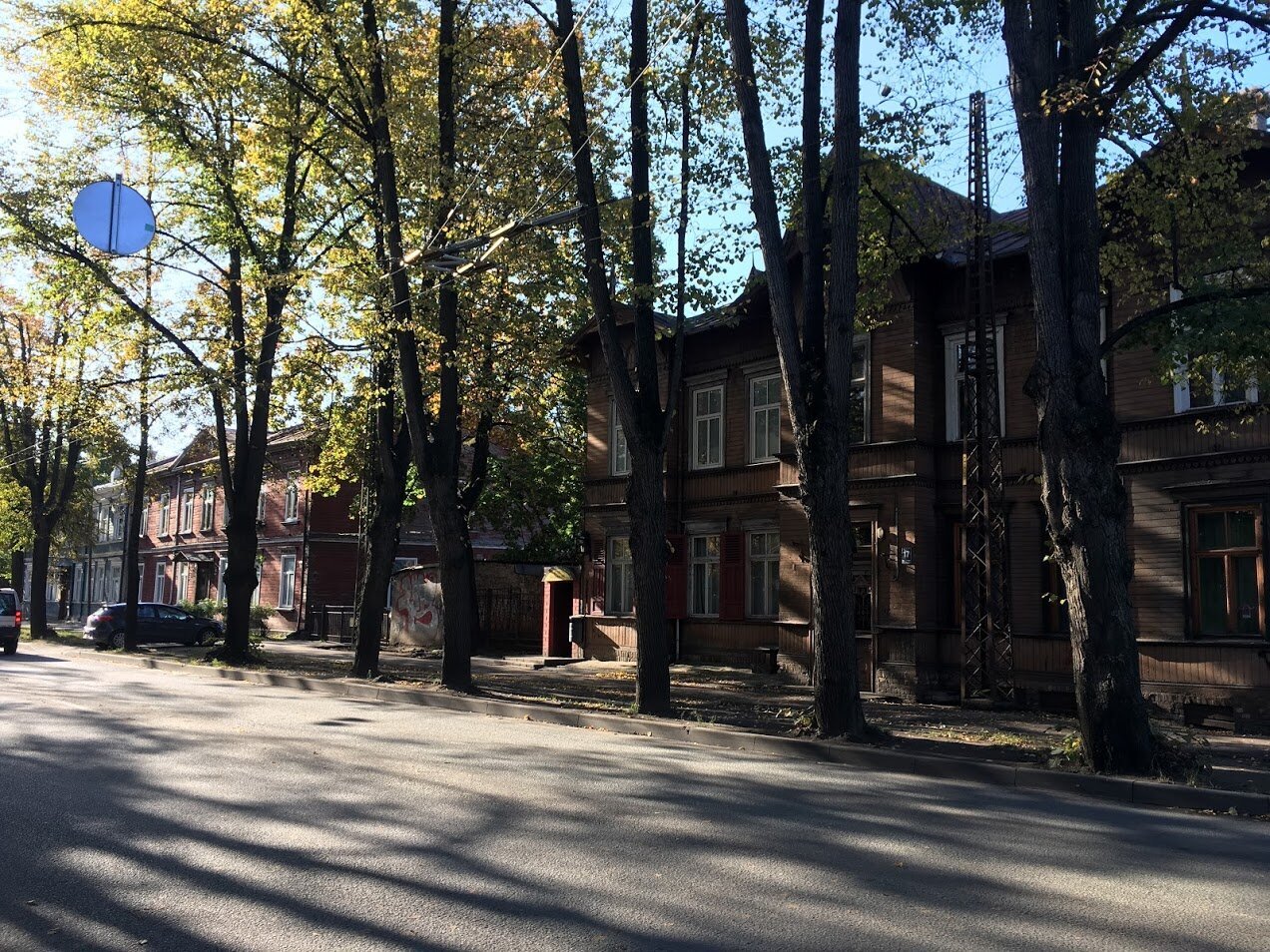
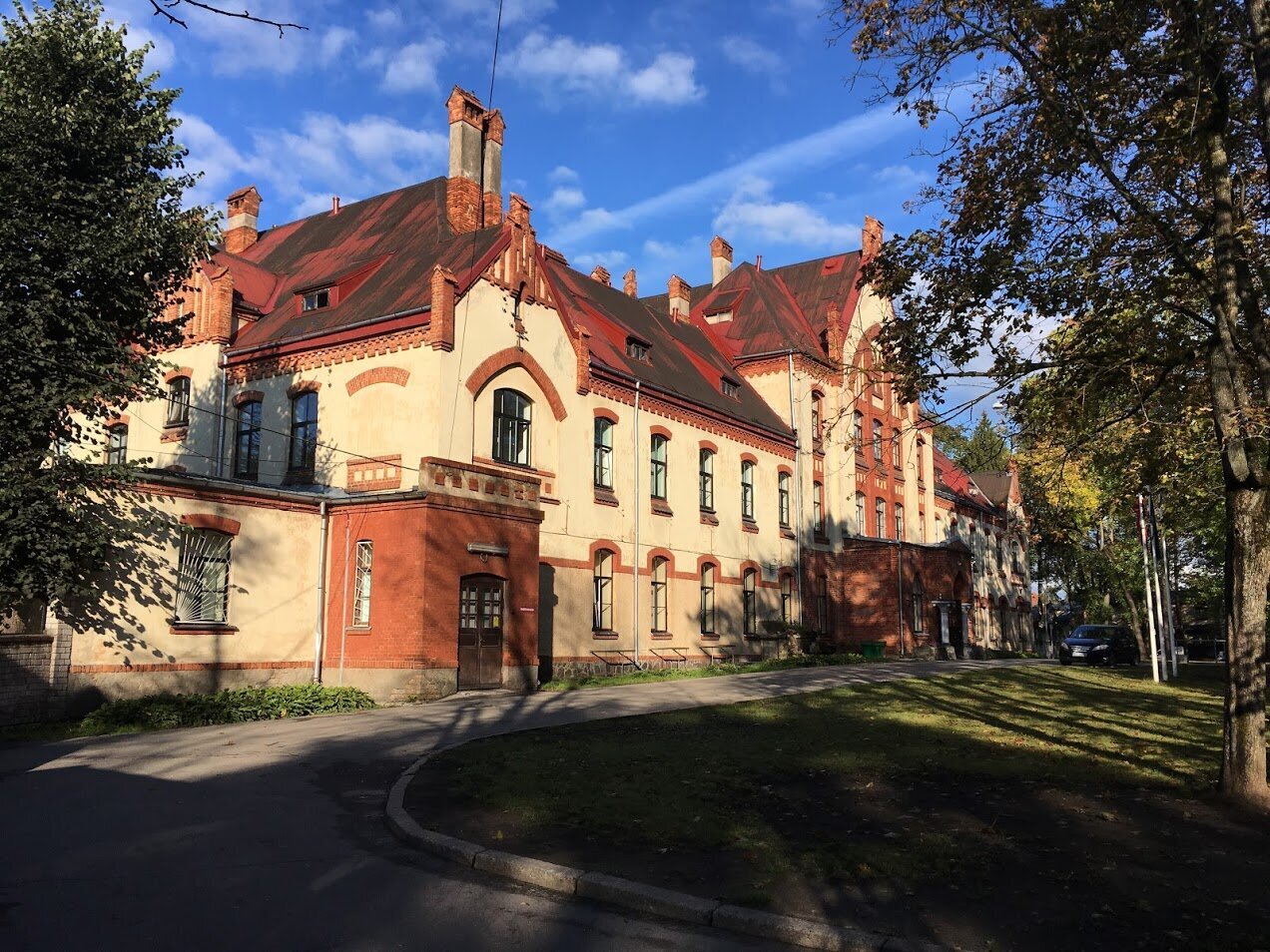
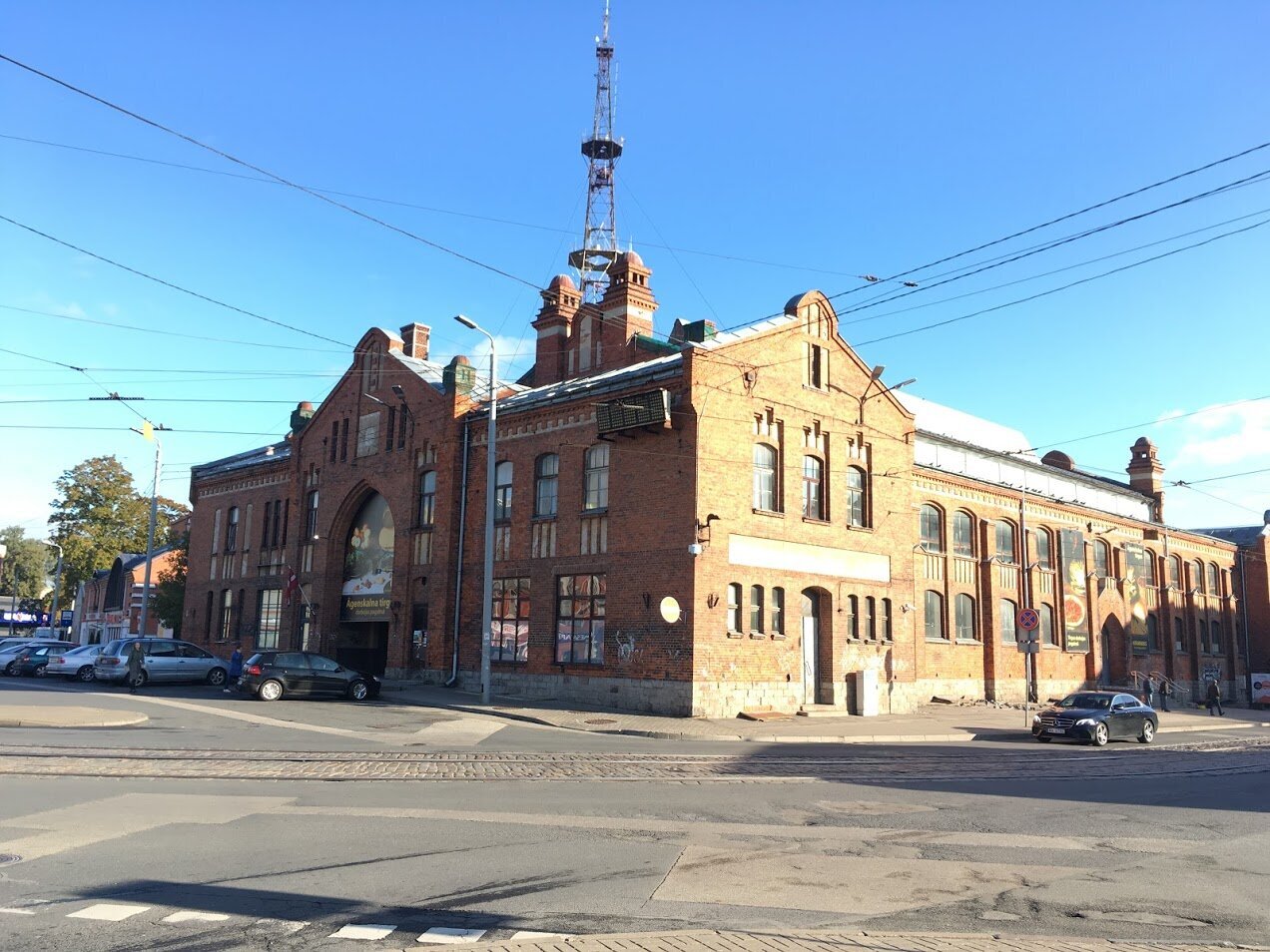
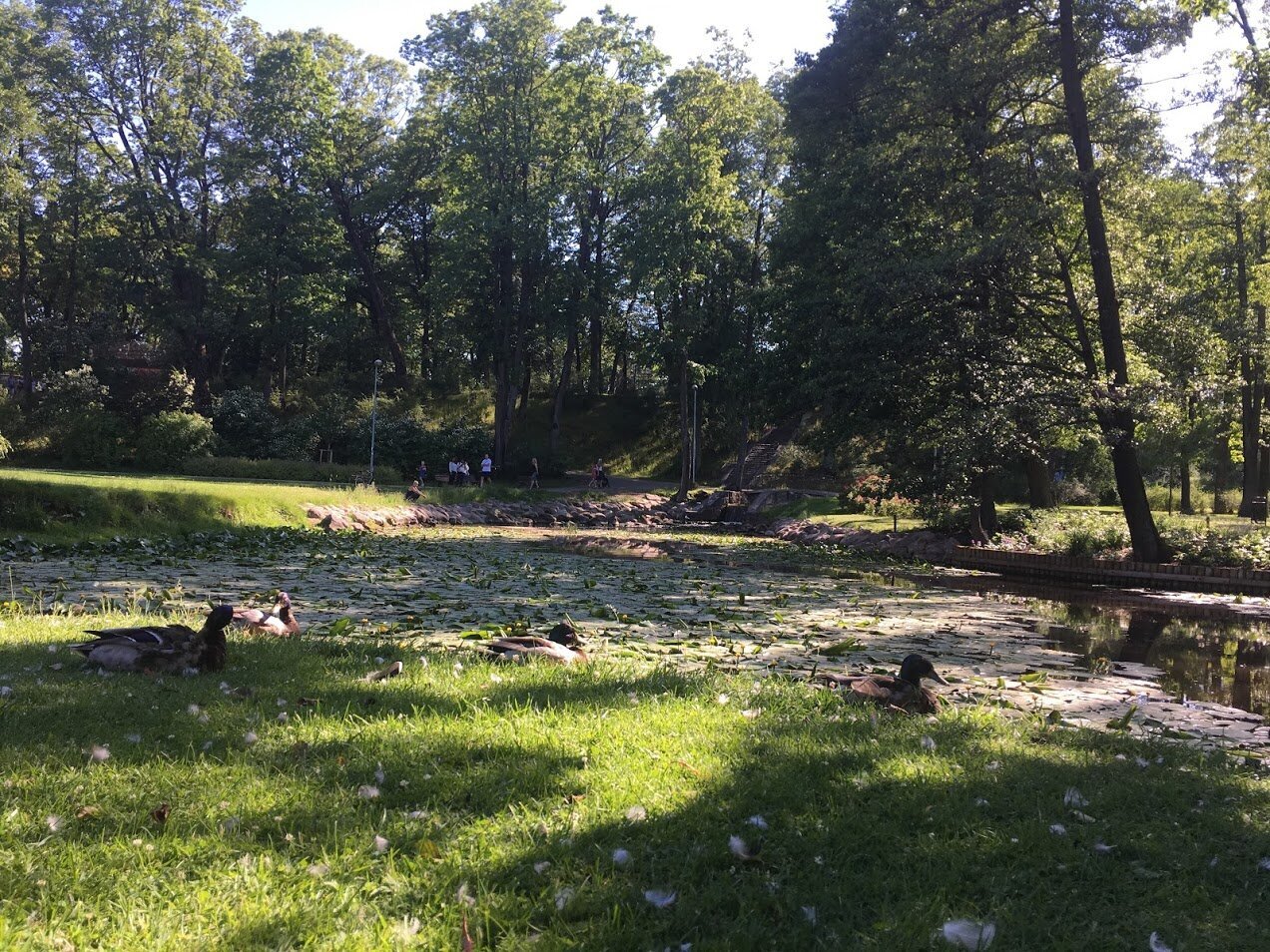
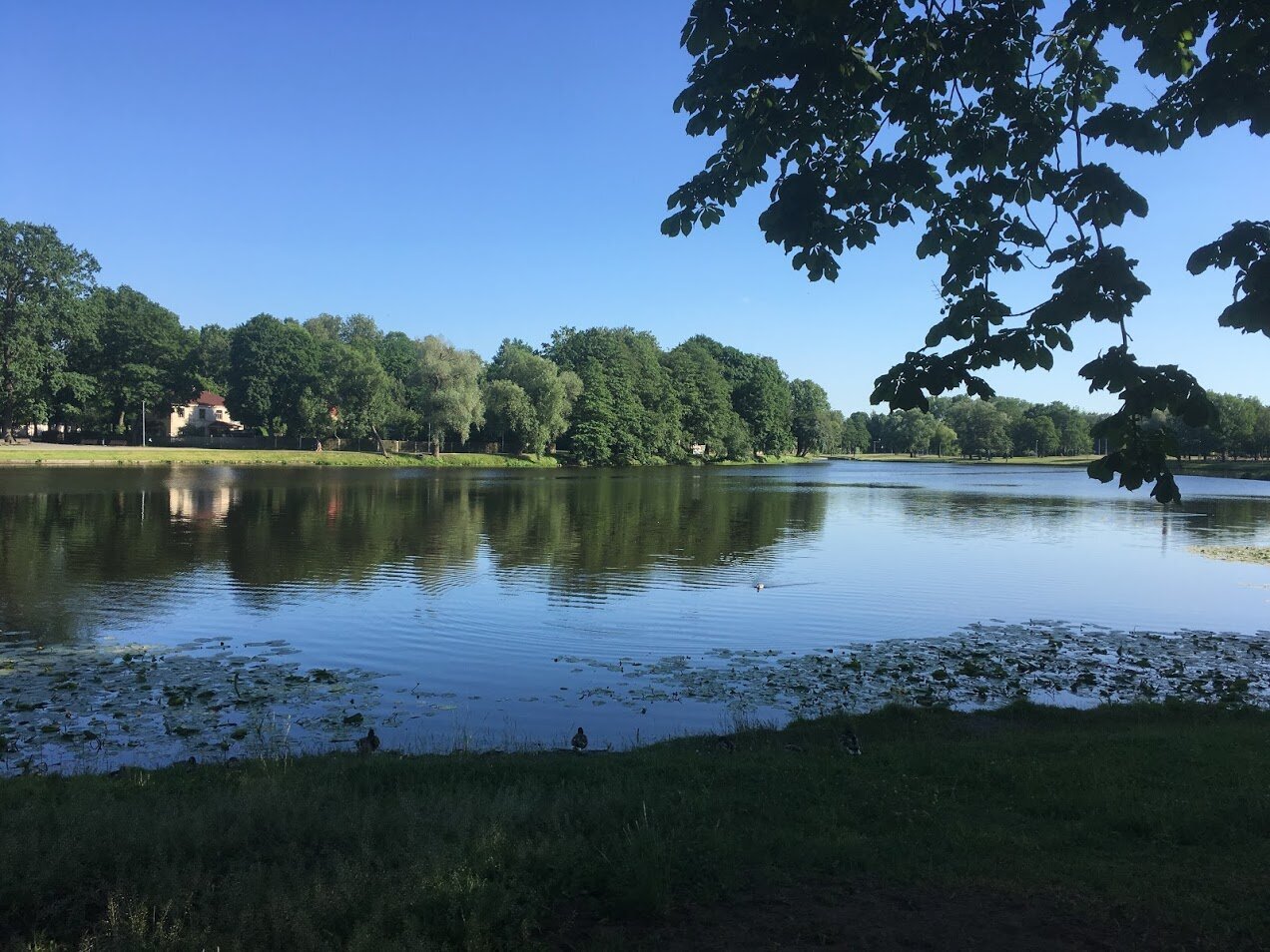
The most charming thing here is the scattering of parks. Arkādijas dārzs, Uzvaras parks, Mārupes diķis and a handful of parks with ponds where ducklings and sometimes white swans swim.
Victory Park is the largest in Pārdaugava, with several reservoirs. It is often deserted, athletes from the neighboring stadium train here, and in winter they build a ski track with artificial snow. This park is a place of constant political controversy. A 79-meter stele stands here — a monument to the liberators of Riga from Nazi occupation. For many years, before every election, local nationalists have been demanding that the stele be demolished so that it does not remind the city of the years of Soviet rule.
Arkadija Park is old: crumbling staircases, abandoned dance floors, benches on the hill. It is located next to the Tornjakalns railway station. There are small ponds on a rivulet flowing from Lake Marupe, completely overgrown with water lilies in summer, and many ducks.
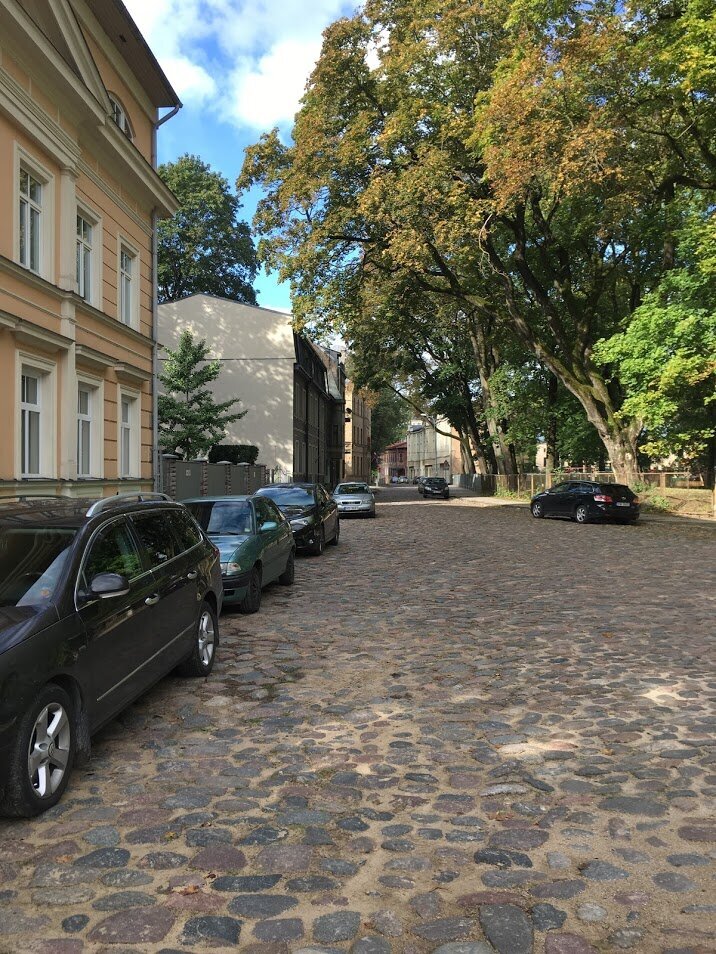
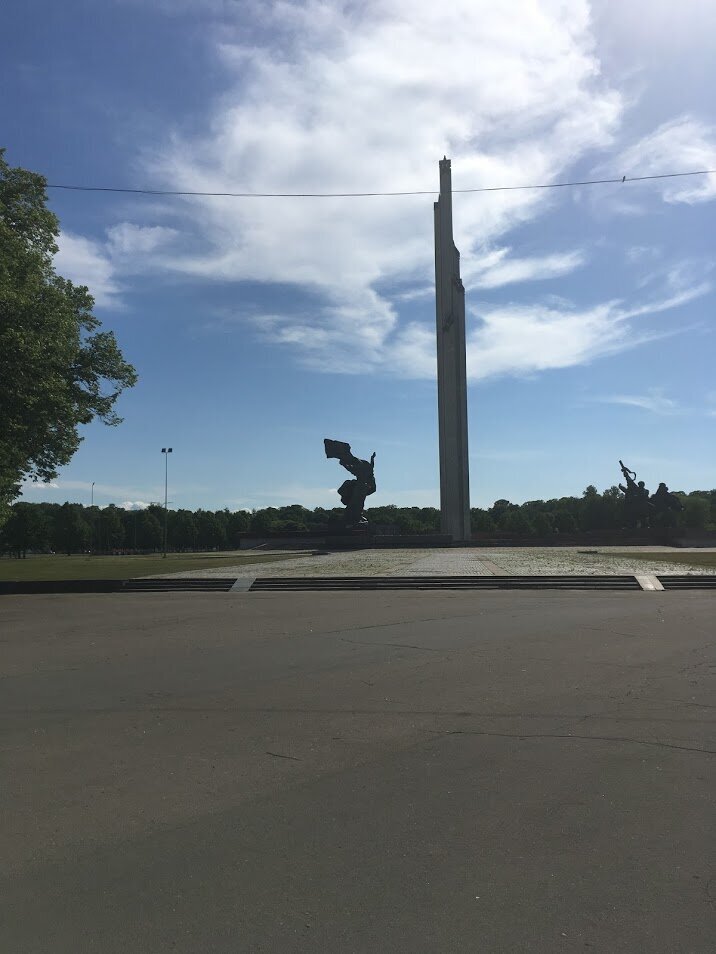
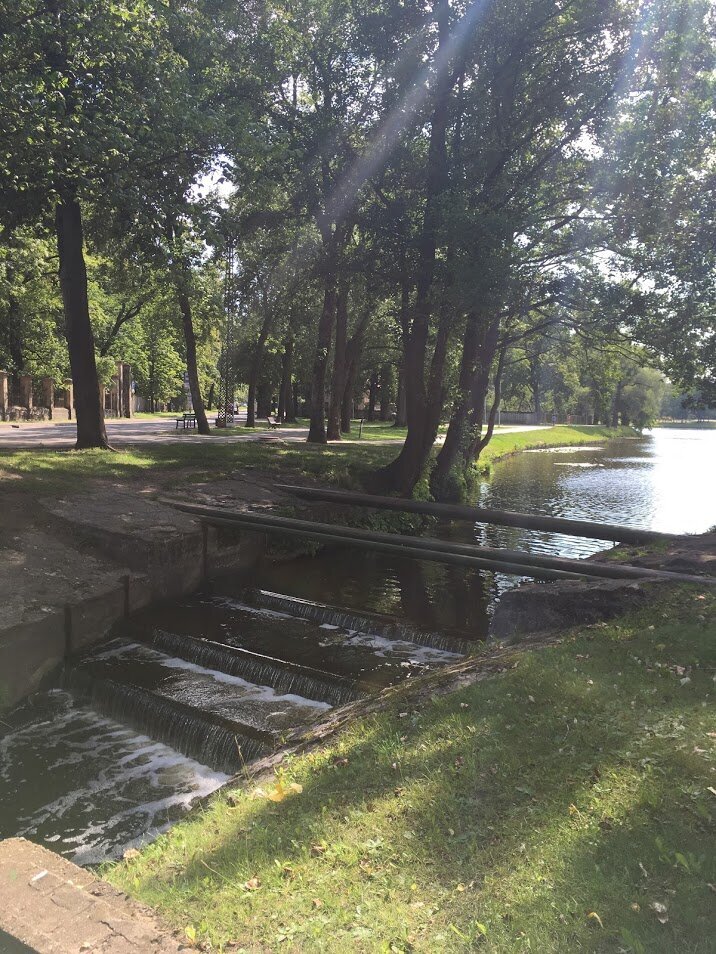
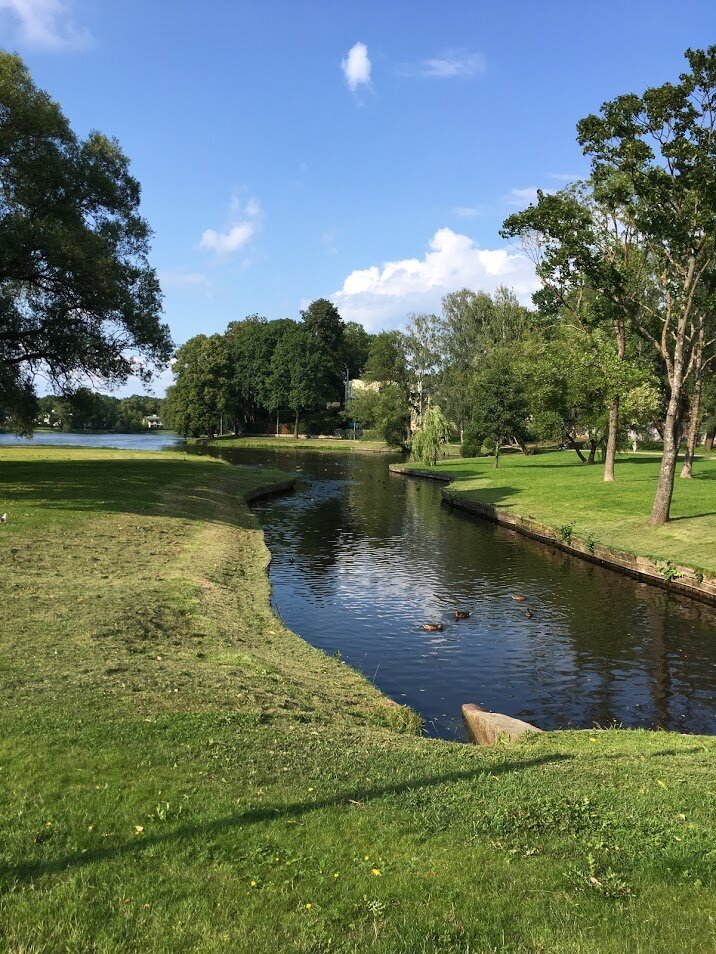
Islands on the River Daugava
Three islands on the River Daugava are former fishermen’s headquarters and garden cooperatives, and today they are cozy places for strolling. It is easy to get to them from the center. Kipsala is literally one stop from the old town, Lutsavsala and Zakiusala are about 15—20 minutes away by public transportation.
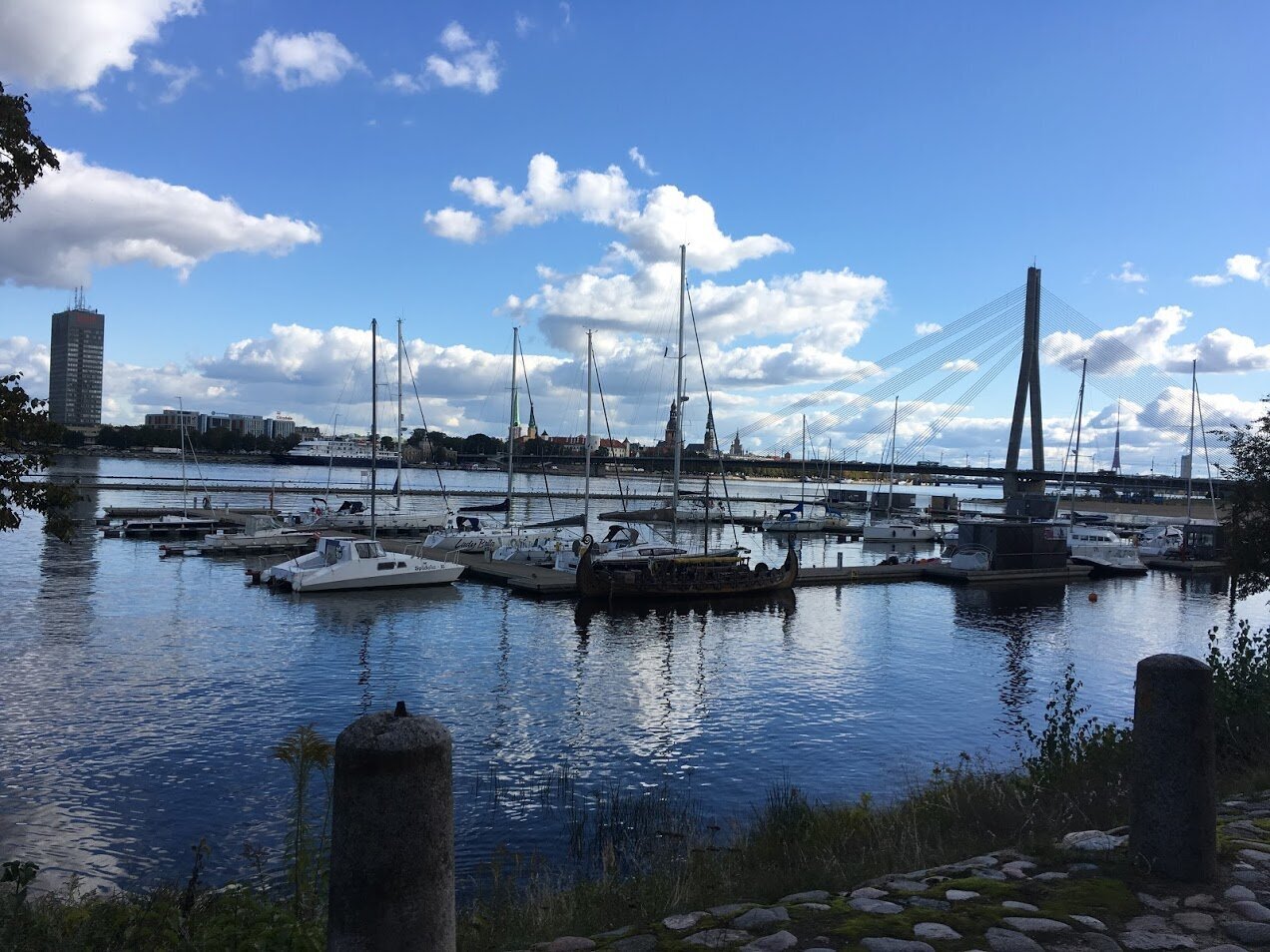
Kipsala (Ķipsala)
Kipsala is the most touristy island. There is a marina with sailing boats, a beach and restaurants, and a complex of wooden cottages from the 19th century.
The highlight of the island is the student community. The buildings and dormitories of the Technical University stand here, and when taking public transportation, be prepared for a crowd of future engineers at the bus stop.
Due to the student atmosphere, it is an inexpensive place to grab a bite to eat. The local shopping center Olympia has a large food court with low prices. If you want a more refined place, you can go to the family restaurant Hercogs, right on the bank of the River Daugava, in the Gipsa Fabrika building at 70 Balasta Dambis Street.
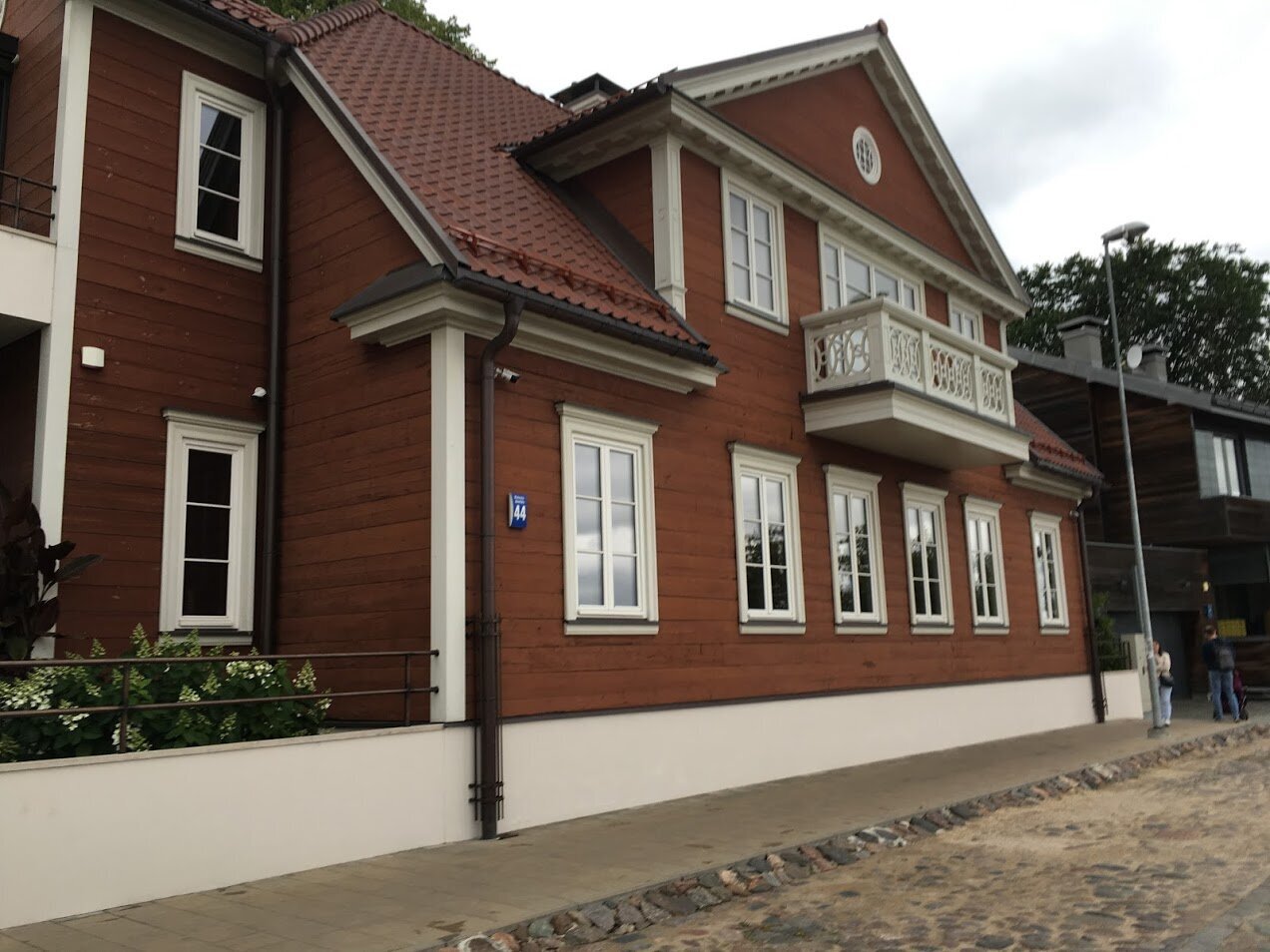
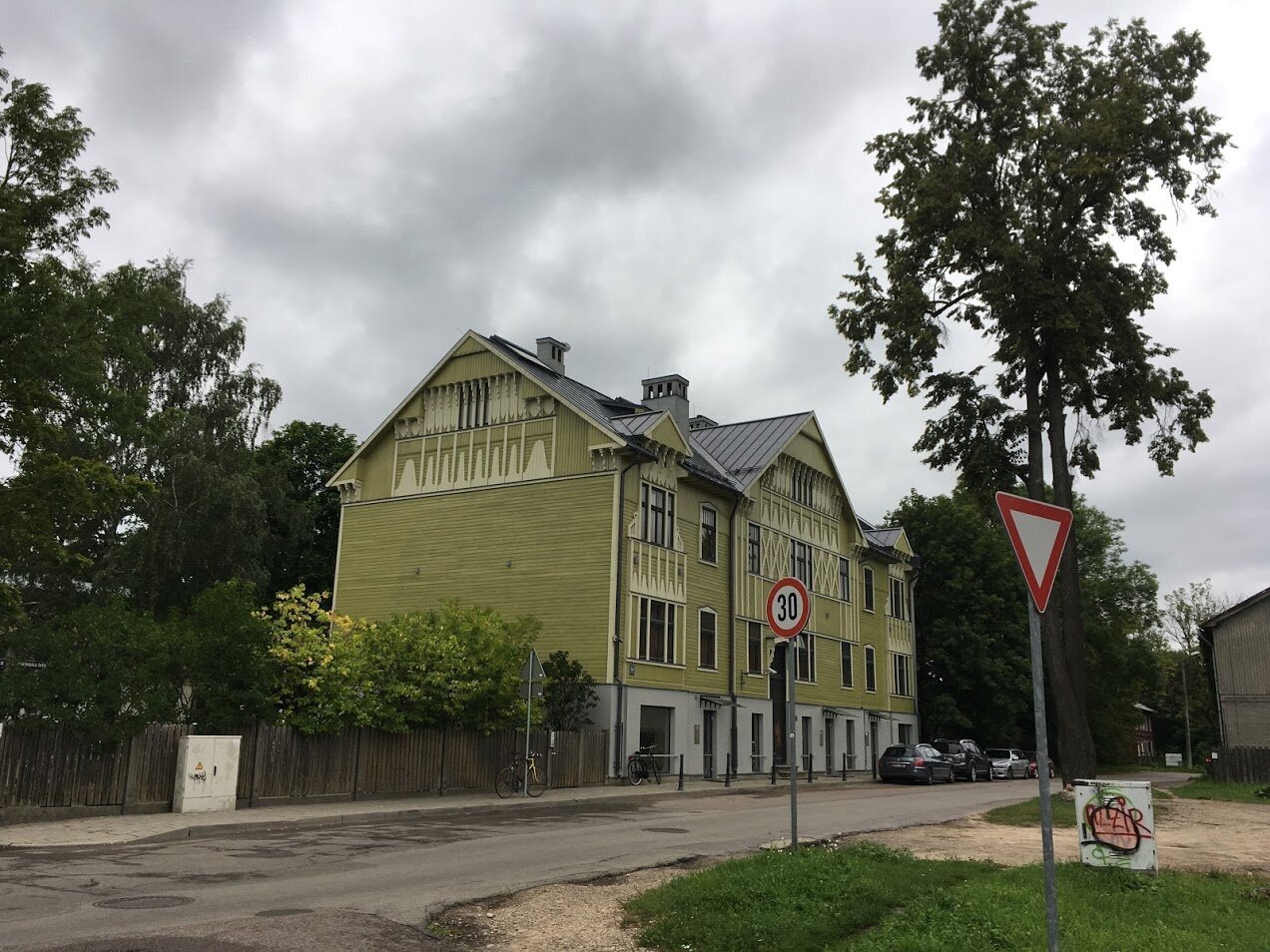
Wooden summer houses after restoration look like doll houses. They are mostly concentrated on the river bank, and can be seen from a boat, if you take a trip on the River Daugava. Take a look in the courtyards — there are also very beautiful wooden houses.
On the island is the house-museum of Janice Lipke. This man and his family hid Jews in his basement during the Nazi occupation. Another curious object is the gypsum factory, which is now a restaurant and luxury housing.
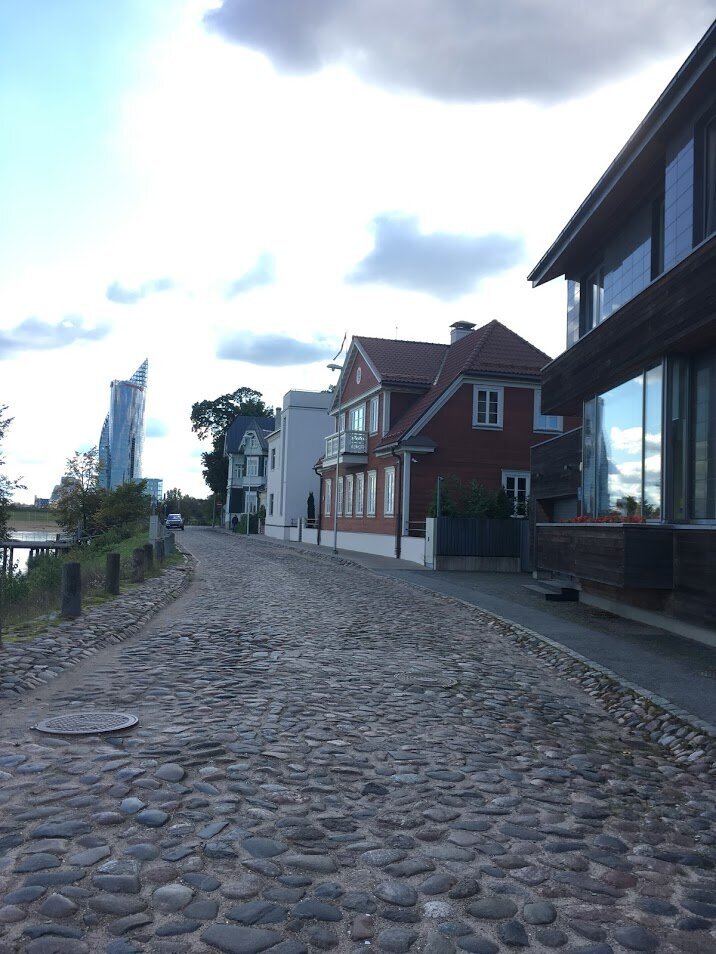
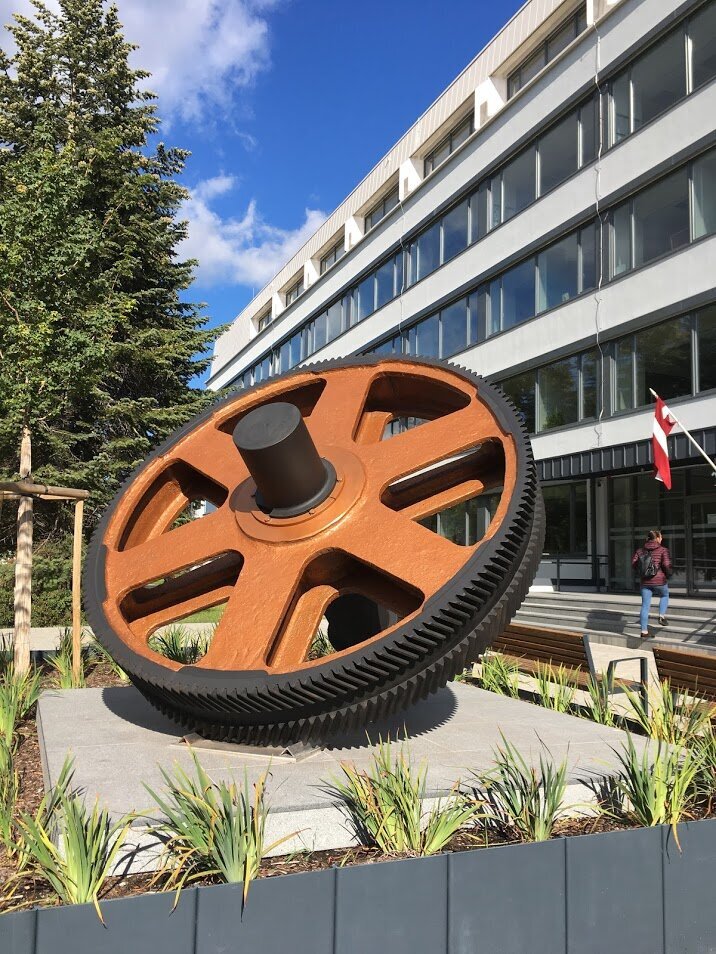
Lucavsala (Lucavsala)
Locals rarely go to the sea, preferring to rest on the rivers Daugava, Lielupe or small lakes. Lutsavsala Island is more often visited by locals than by tourists. There is a large-scale recreation park with sports equipment, playgrounds, cafes and two equipped beaches. It is easy to get to: on the Island Bridge from public transportation stops to Lutsavsala and Zakiusala, there are comfortable walkways with magical views.
On the far side of the island there is a grill park. Here on Luzavsala, affectionately known as Luzavka, large open-air concerts take place.
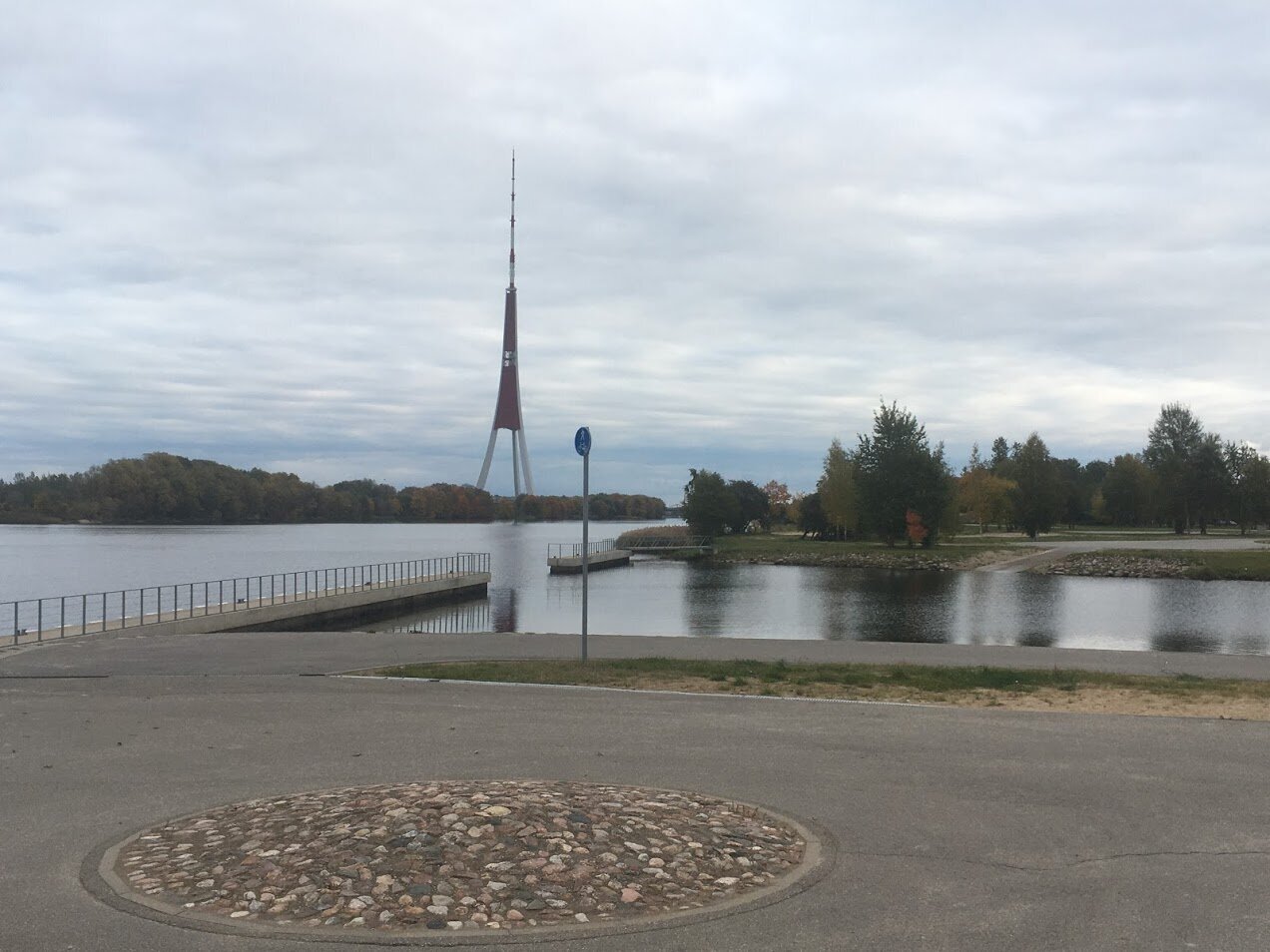
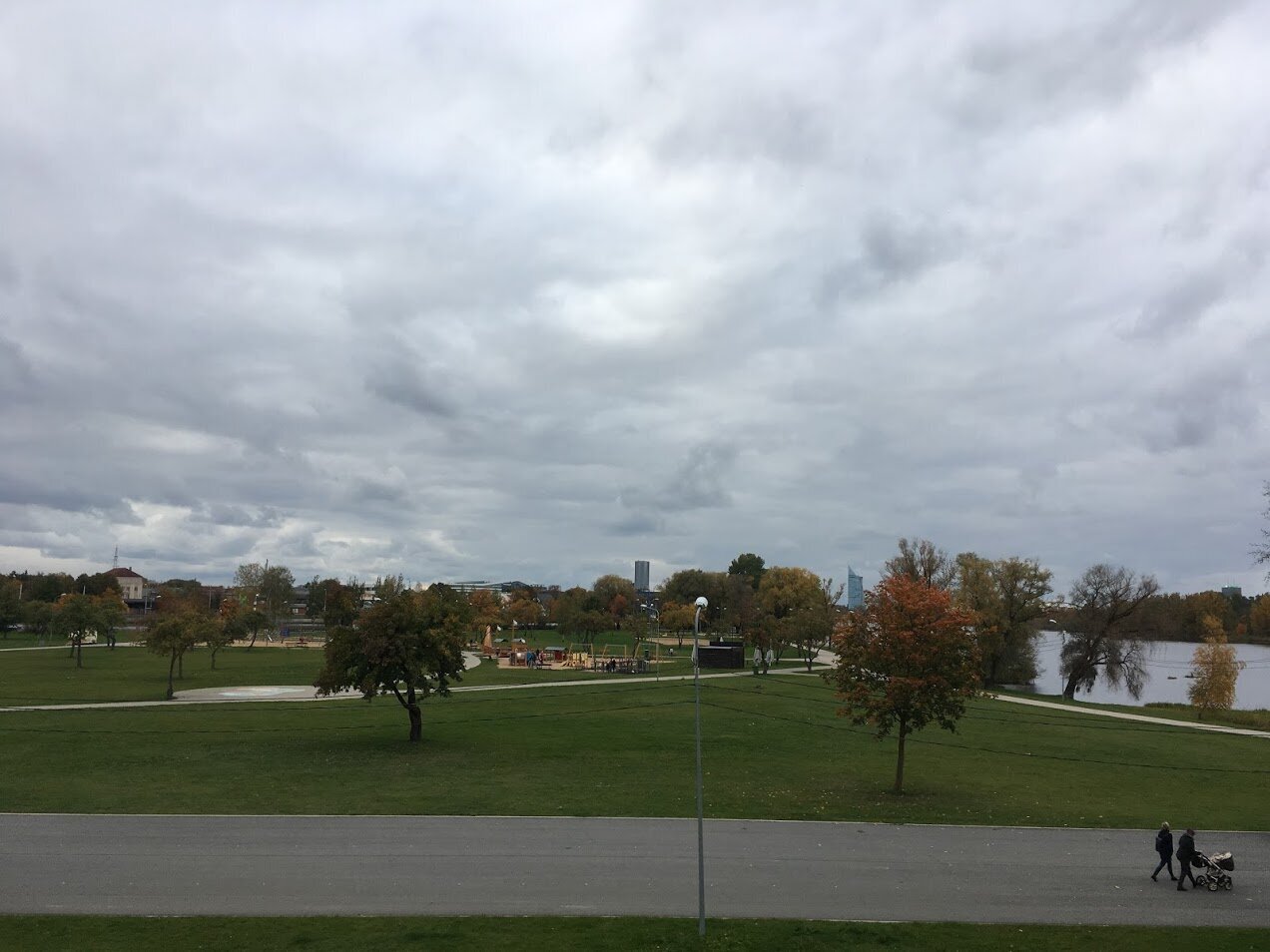
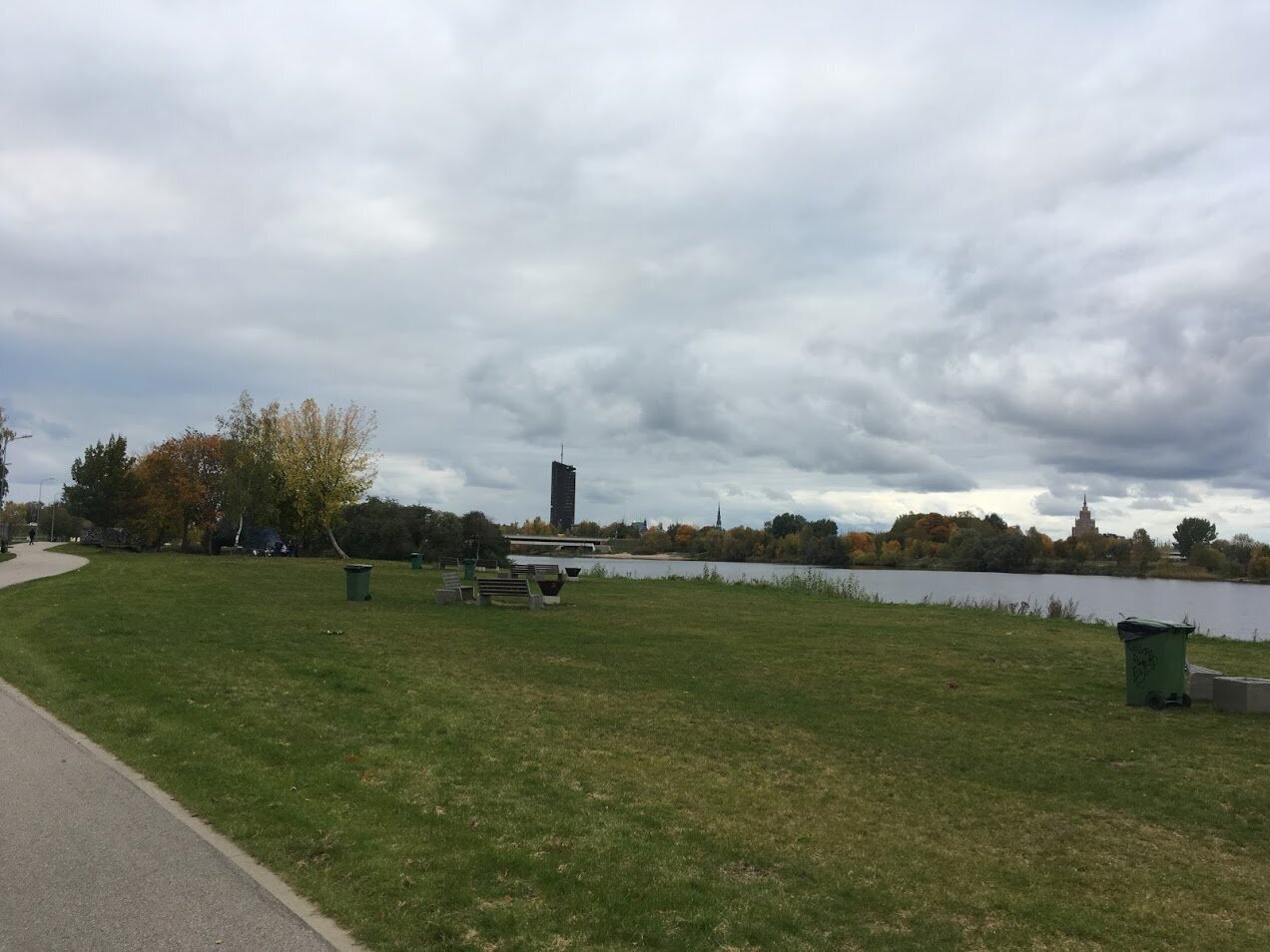
Zaķusala (Zaķusala)
Zakiusala is the territory of television. There is a TV tower (Rīgas radio un televīzijas tornis) and a building of the TV center. This island is located very close to Lutsavsala — between them there is a channel of the River Daugava, the Small Daugava.
The TV tower is the tallest in the Baltics. At a height of about 100 meters there is an observation deck, now it is under reconstruction (according to the plan, until 2024).
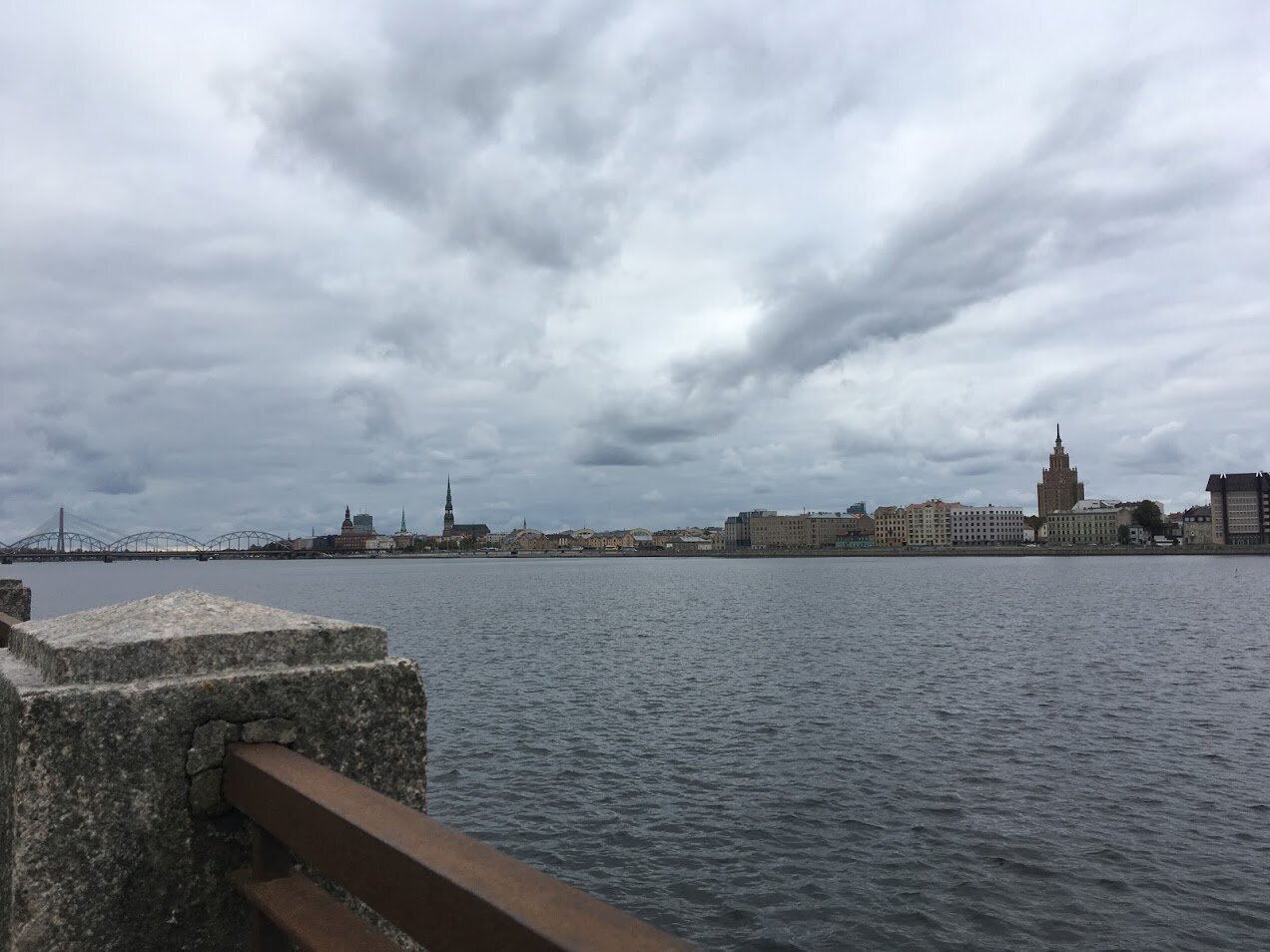
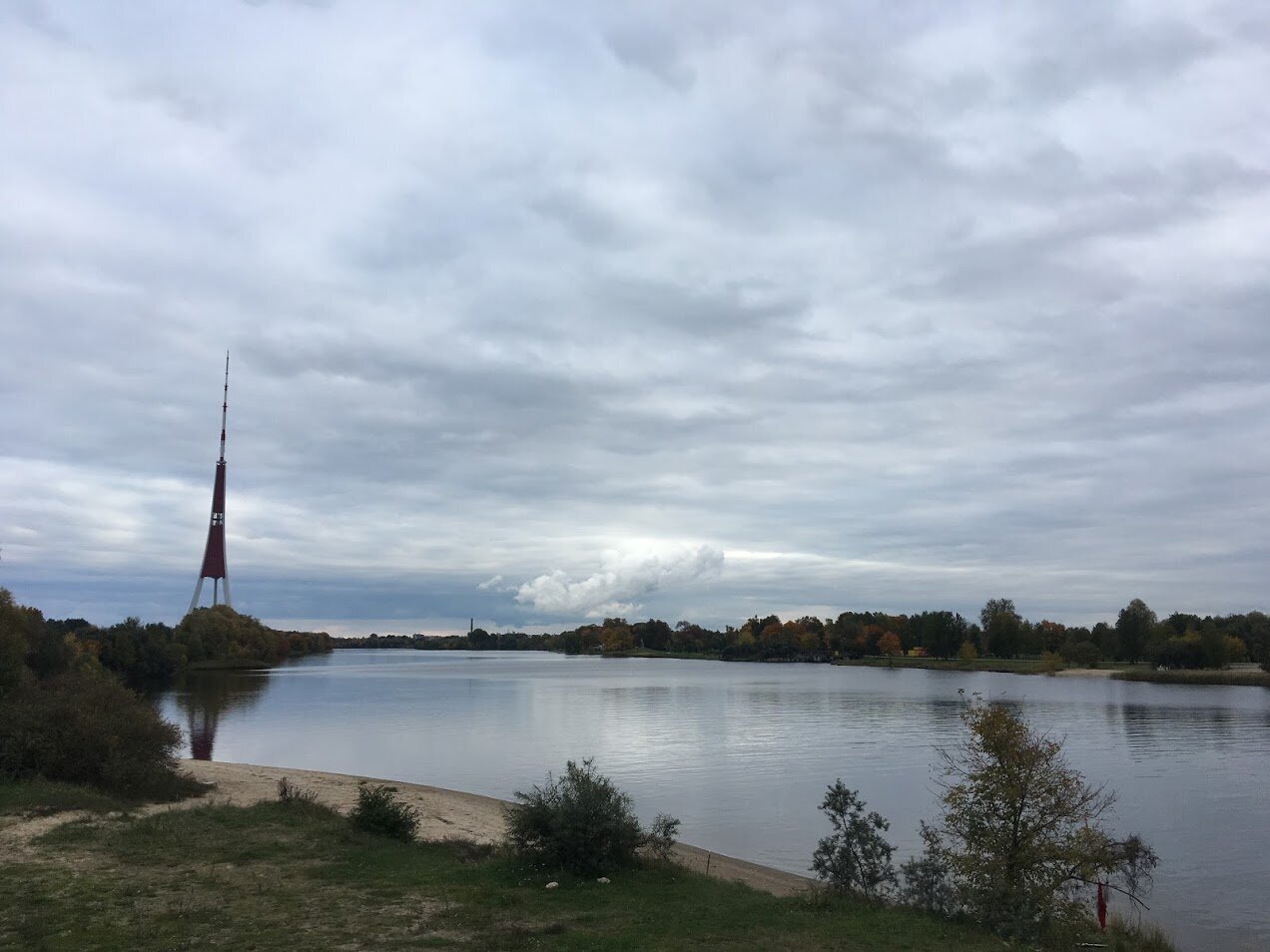
Moscow district in Riga
The area called Maskavas Forstadt is adjacent to Old Riga, just across the railroad tracks. It has the same old modernist buildings, wooden architecture, and cobblestone sidewalks as other historic districts — but not at all grand. They seem to say: yes, this is a difficult city, and its inhabitants sometimes had a hard time.
Here is the central market — four huge food buildings in former military airship hangars, rows of tents and old brick warehouses. Now the Gastro Market food court is located here.
Across the street, closer to the River Daugava, is the Spikeri shopping and fishing warehouses district, turned into a creative hipster quarter in the 2010s. Many different creative events, festivals, exhibitions, performances take place here at any time of the year.
In the same quarter there is a museum of the Riga ghetto, and further on there are several Holocaust memorial sites. Many Jews lived in the fortress before World War II. On Maskavas Street there are the ruins of the Choral Synagogue, which was burned down by the Nazis, and deeper in the neighborhood there is an old Jewish cemetery. In the streets of the district, as in the whole of Riga, one can see small memorial plaques embedded in the sidewalks — signs of houses whose inhabitants sheltered Jews.
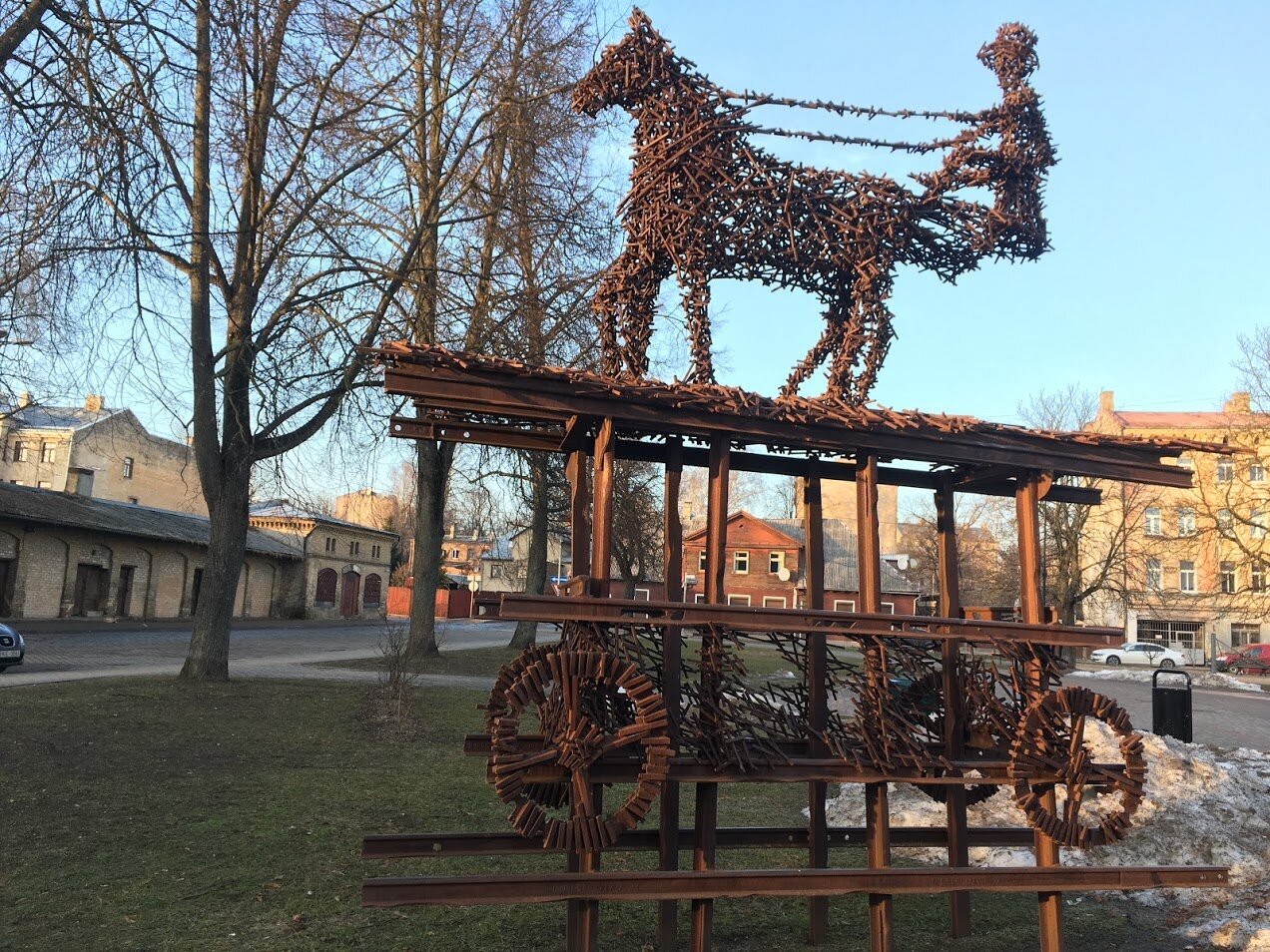
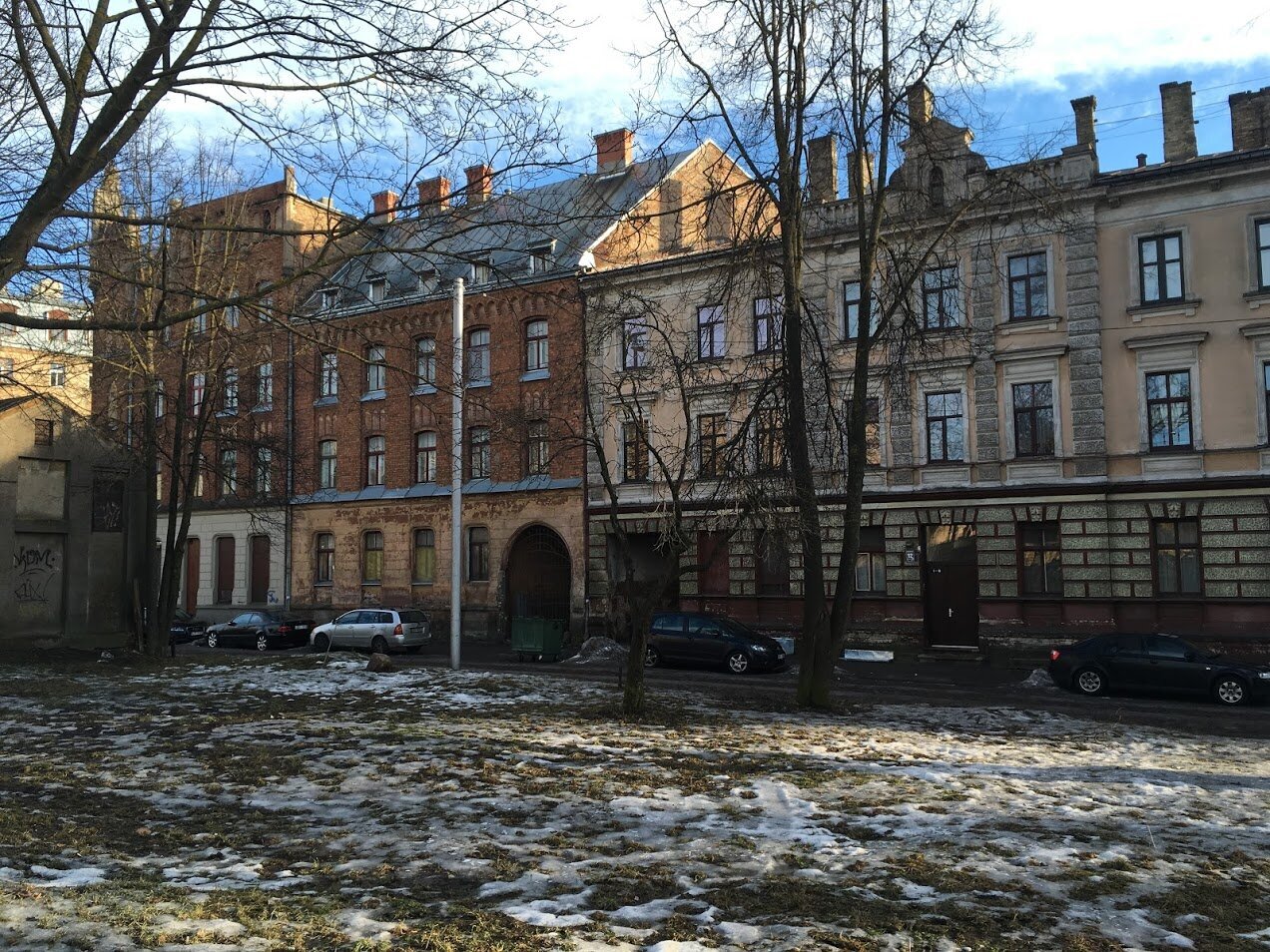
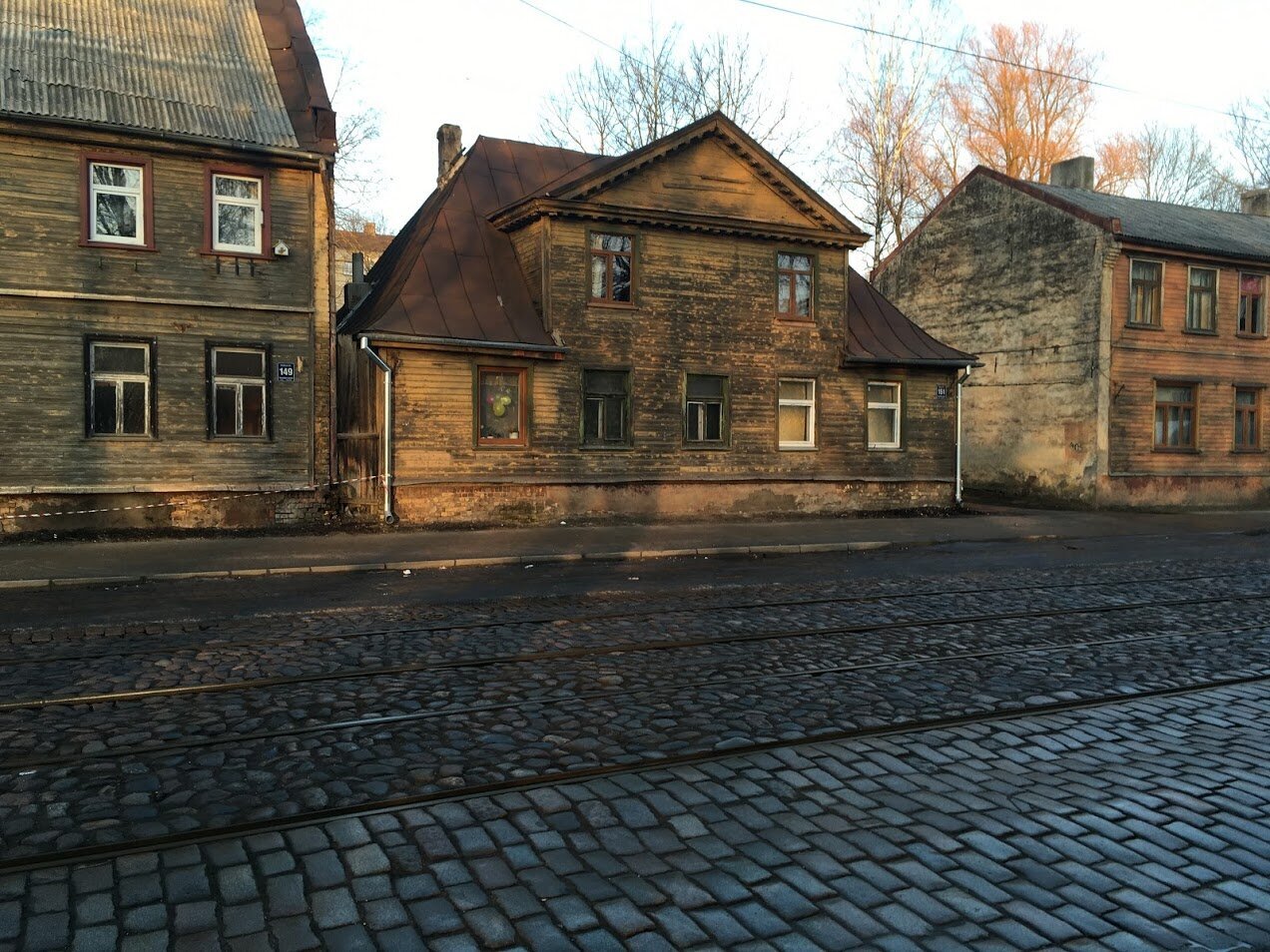
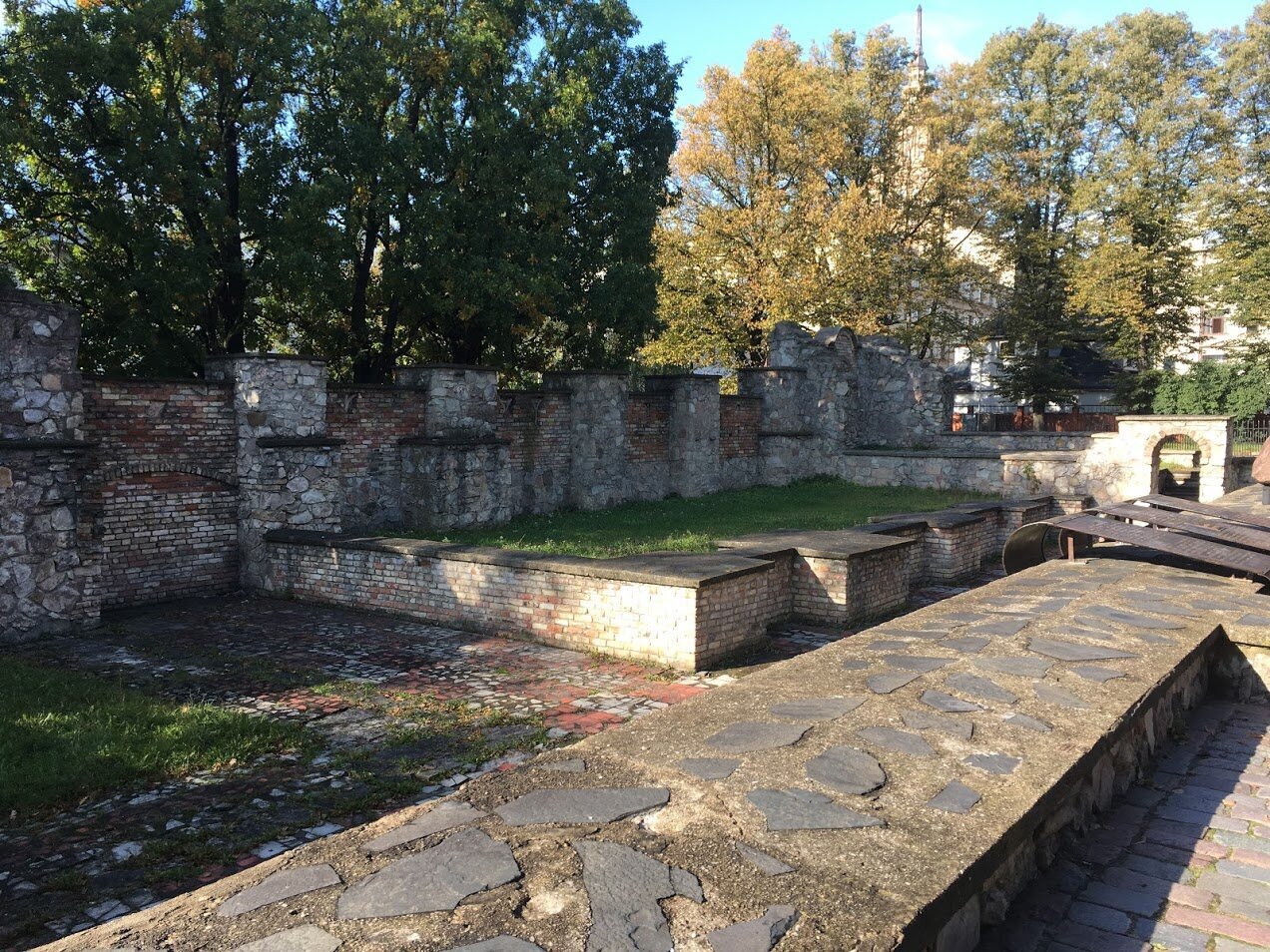
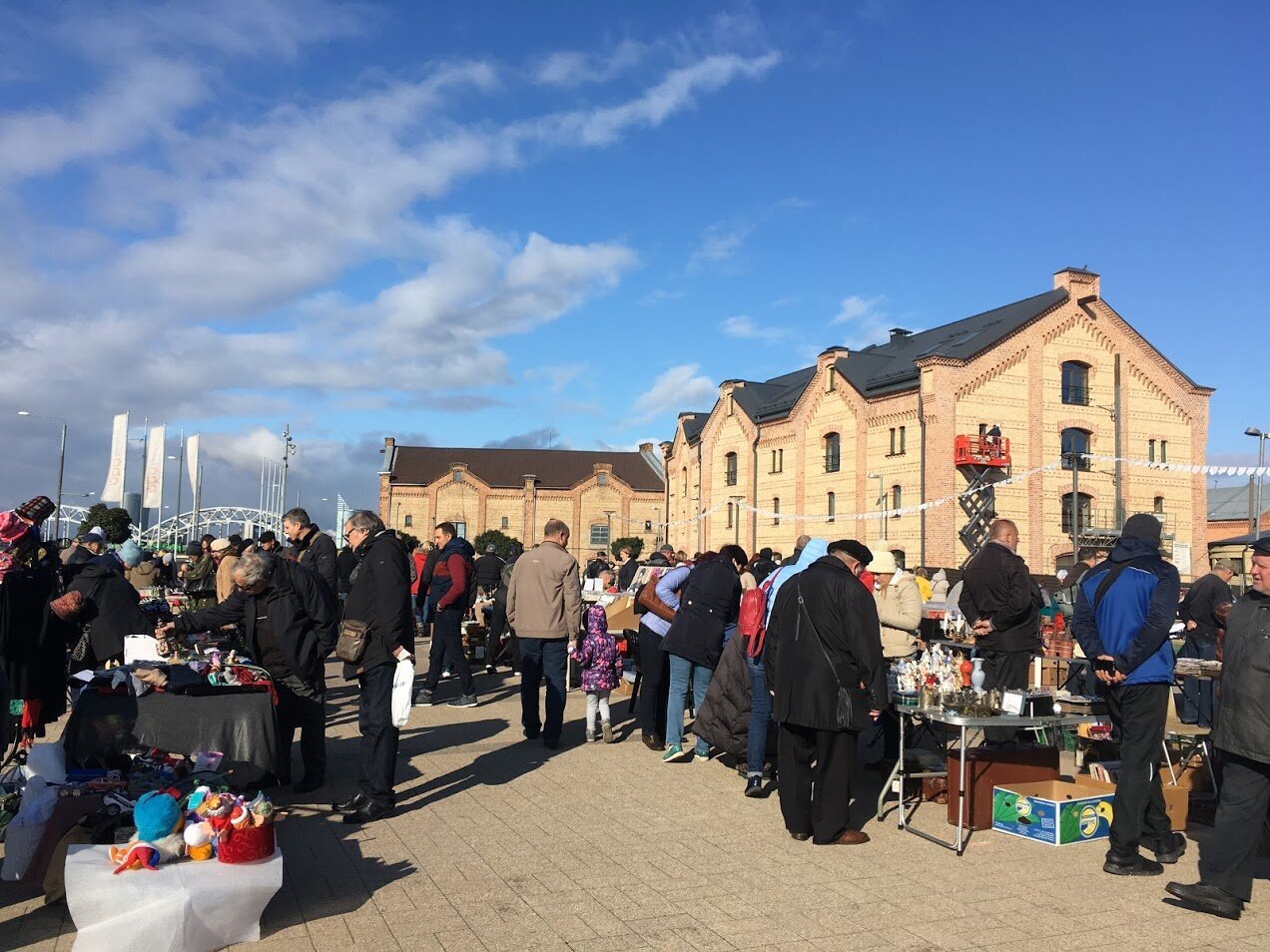
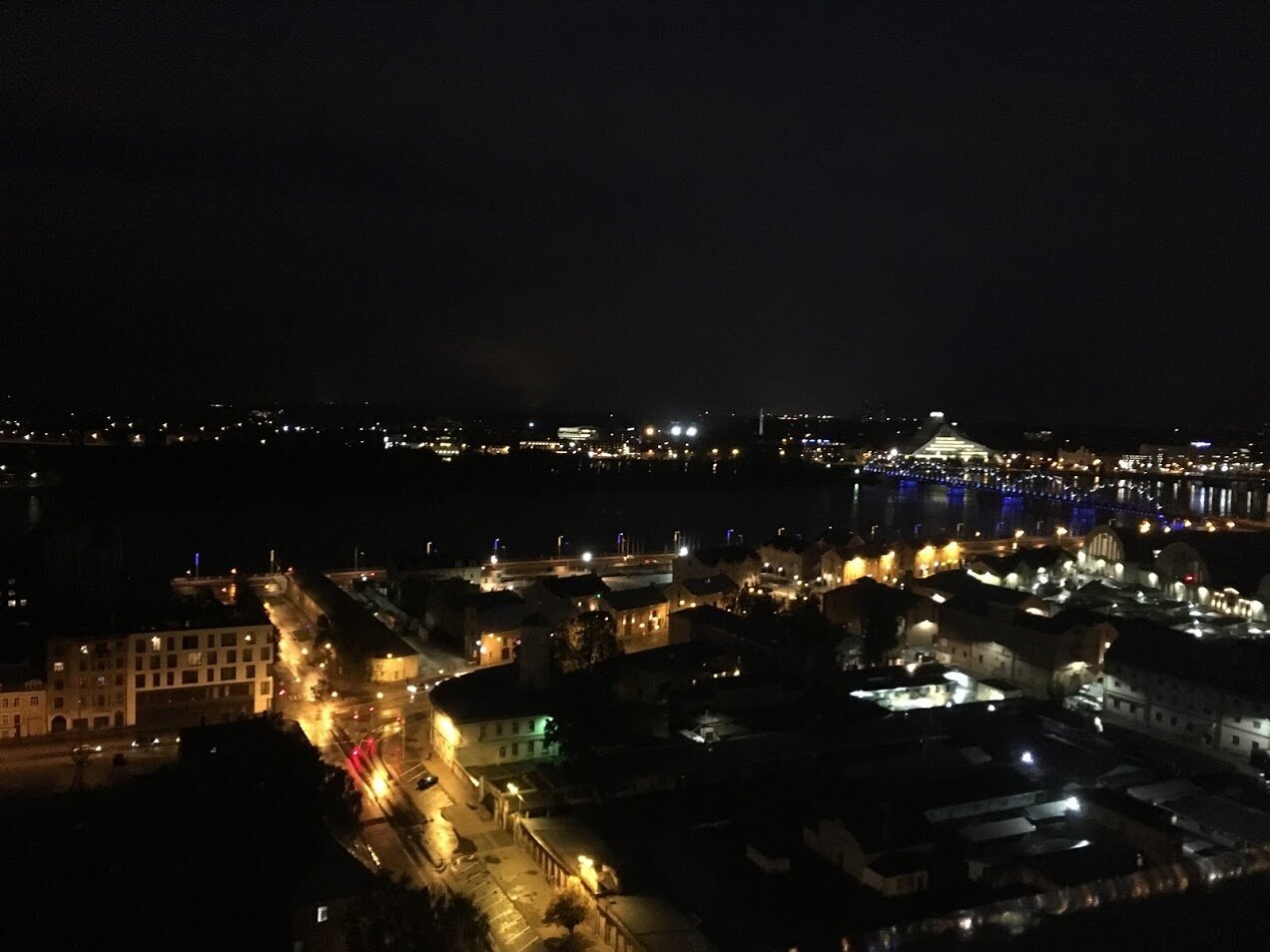
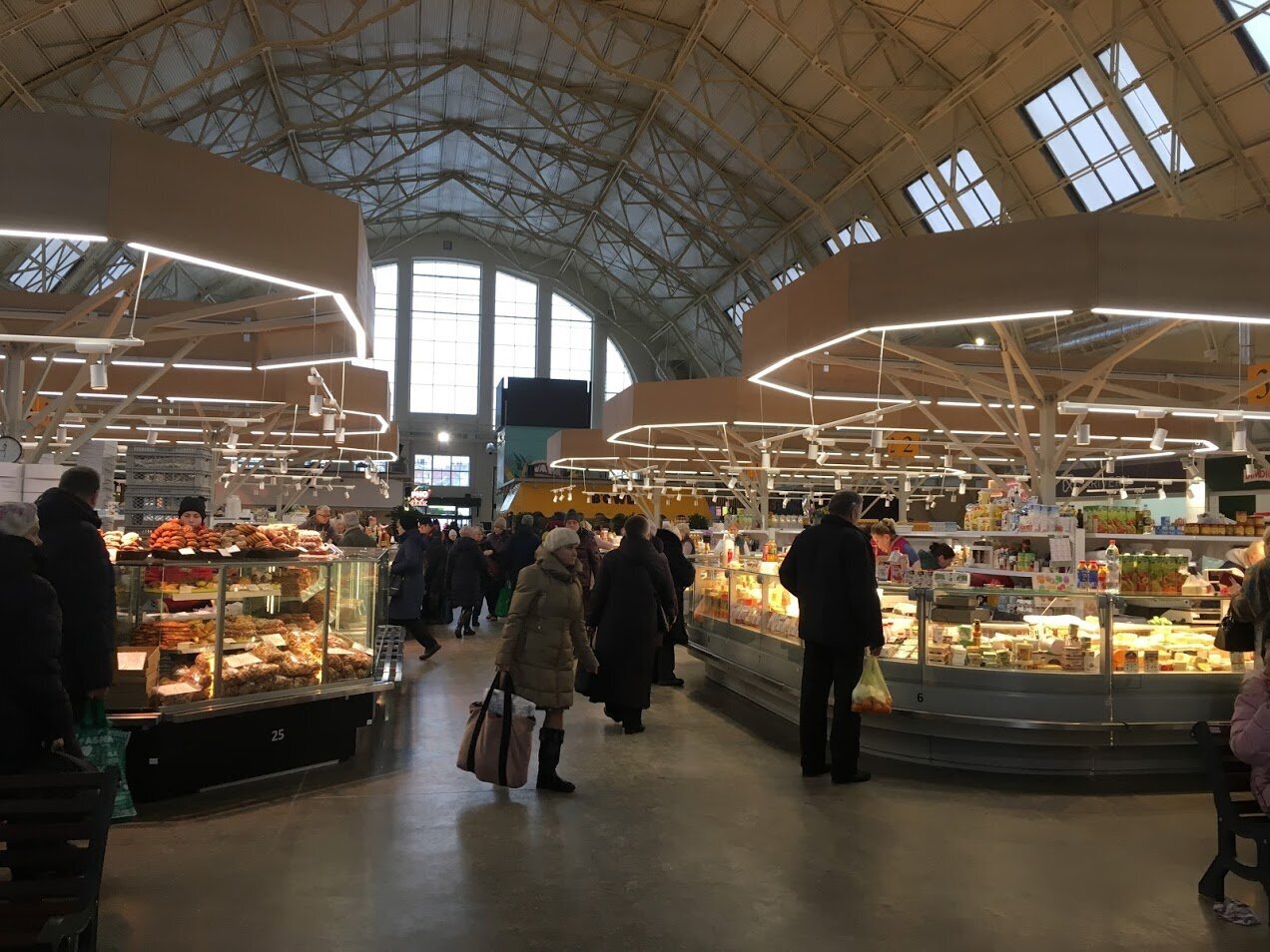
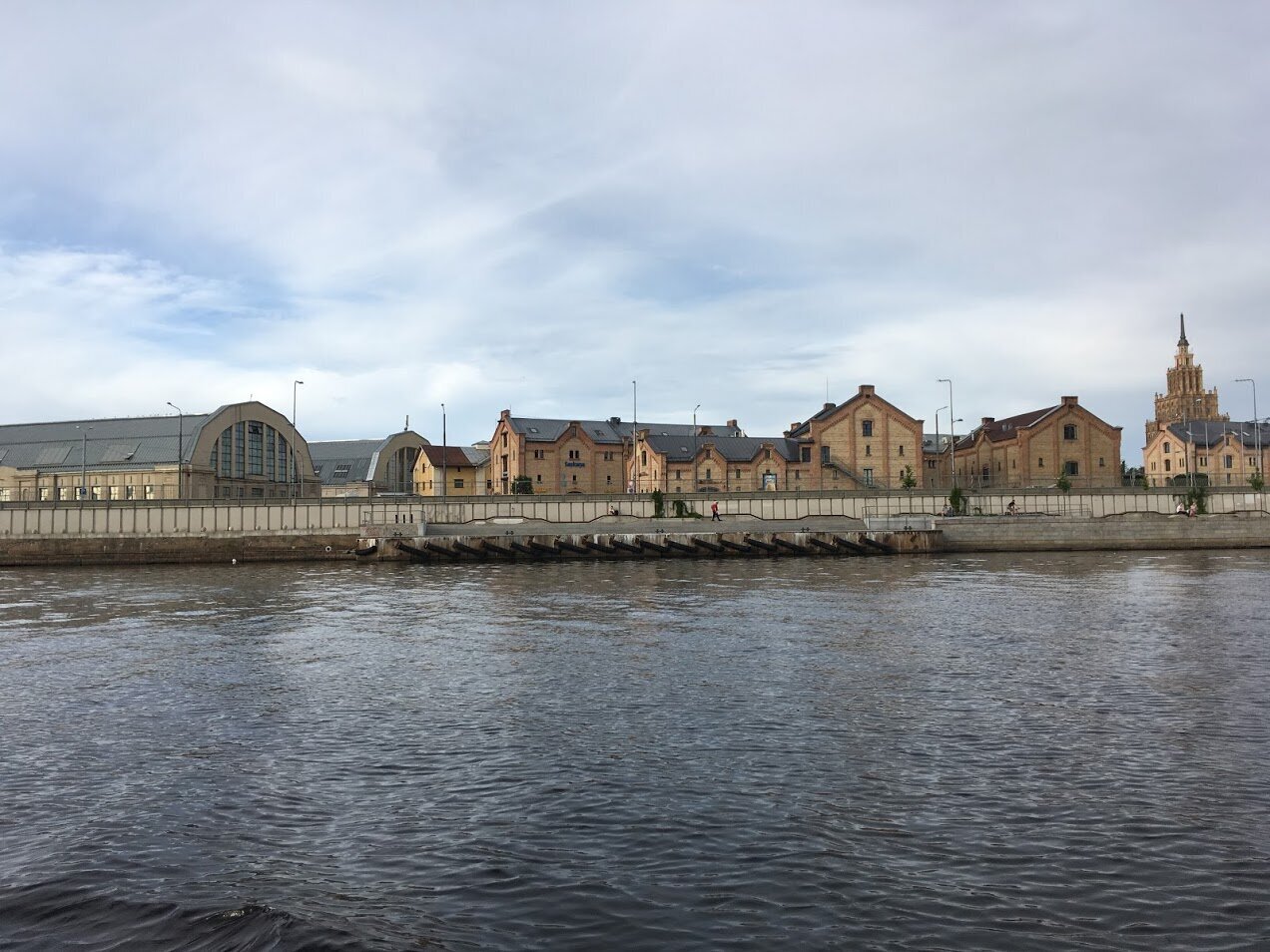
Walking through the neighborhood, it is impossible to pass by the Academy of Sciences. The building, modeled after the Moscow State University high-rise, stands in the block of Gogol, Pushkin and Turgenev streets, facing Old Riga. Riga residents argue about which is taller — St. Peter’s Church in Old Town or the Academy of Sciences in Maskavas Forstadt. Both buildings have observation decks from where you can appreciate the city from above. The Academy of Sciences can be climbed at any time of the year, check here for opening times and ticket prices.
In Maskavas you can eat at the Gastro Market or Francs Café on Lauvas Street 2, in the back of the fort, in the building of a hostel for foreign students. This inconspicuous but nice café is run by a young married couple, and it will be cozy with children.
